Transforming your outdoor space doesn't require breaking the bank. Concrete patios offer an incredibly versatile and affordable foundation for creating stunning outdoor living areas. Whether you're starting with a plain concrete slab or planning a new installation, there are numerous budget-friendly ways to achieve a high-end look without the premium price tag. From simple painting techniques to decorative stamping and creative finishing methods, concrete can be transformed into beautiful surfaces that rival expensive materials like natural stone or brick. These cost-effective solutions not only enhance your home's aesthetic appeal but also increase property value while providing durable, low-maintenance outdoor spaces perfect for entertaining, relaxing, and enjoying time with family and friends.
1. Painted Concrete Patio with Solid Base Color
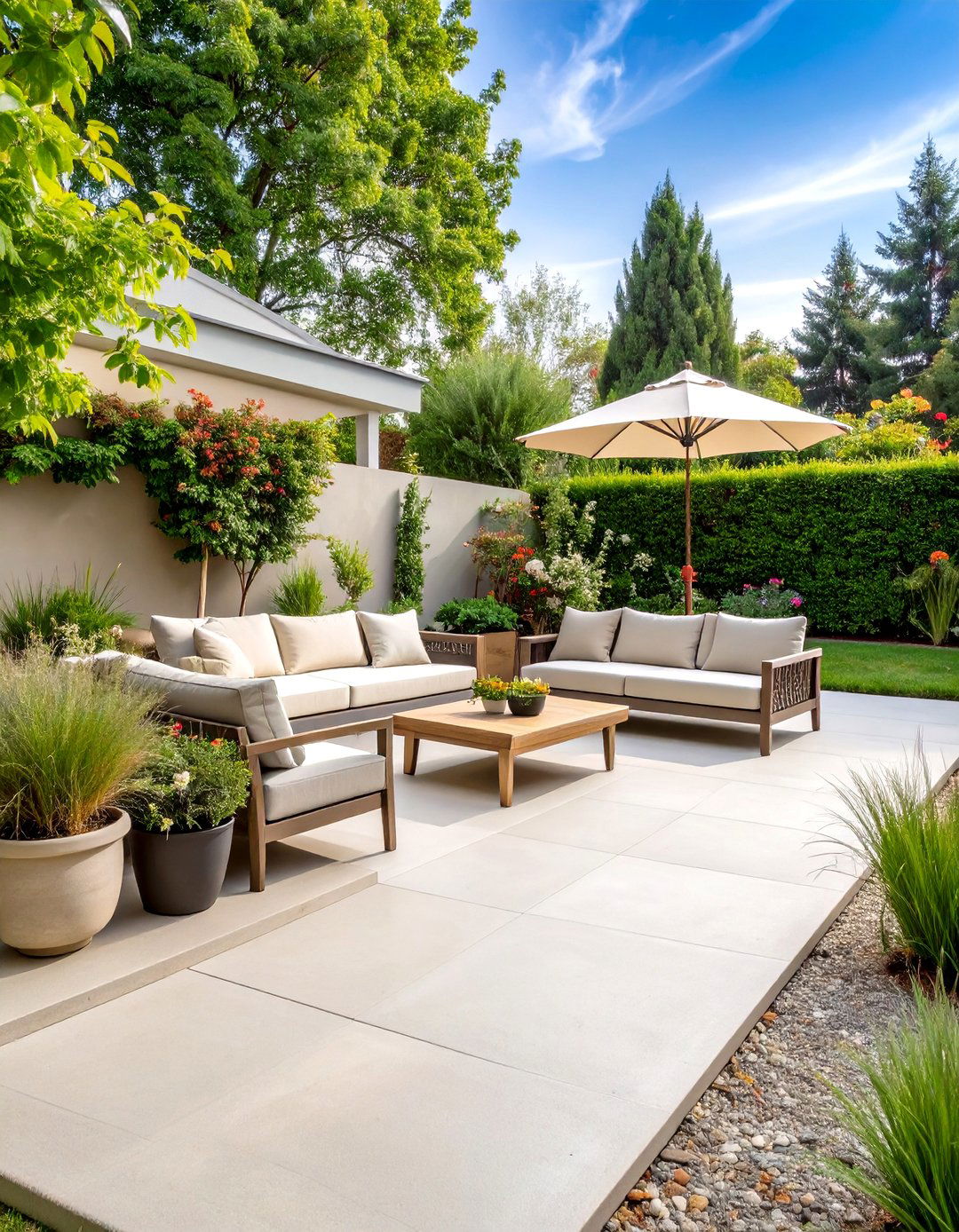
Painting your concrete patio represents the most budget-friendly transformation option, costing under $200 for most average-sized spaces. Choose high-quality masonry paint specifically designed for concrete surfaces, such as Benjamin Moore's INSL-X Sure Step Acrylic paint, which bonds effectively and provides slip-resistant properties. Begin by thoroughly cleaning the surface with a pressure washer and allowing complete drying. Apply concrete etching solution to ensure proper paint adhesion, then use a roller designed for textured surfaces to apply two coats. Light gray, sage green, or warm beige colors work exceptionally well for creating a fresh, modern appearance. This simple concrete patio makeover can dramatically change your outdoor space's entire aesthetic while providing a clean canvas for furniture and decorative elements.
2. Stenciled Concrete Patio Tile Patterns

Creating stunning concrete patio designs with stencils offers professional-looking results at a fraction of tile installation costs. Large floor stencils, particularly Moroccan, mandala, or geometric patterns, transform plain concrete into sophisticated surfaces resembling expensive ceramic tiles. Purchase reusable stencils online for $50-150, then use them with exterior concrete paint in contrasting colors. The process involves painting your base color first, securing stencils with painter's tape, and carefully dabbing paint through the openings using stencil brushes. Popular combinations include white patterns over gray bases or dark designs on light backgrounds. Each 12-inch stencil covers approximately one square foot, making it easy to calculate materials. This concrete patio technique requires patience but delivers remarkable results that can withstand power washing and regular outdoor use.
3. Stamped Concrete Patio with Basic Patterns
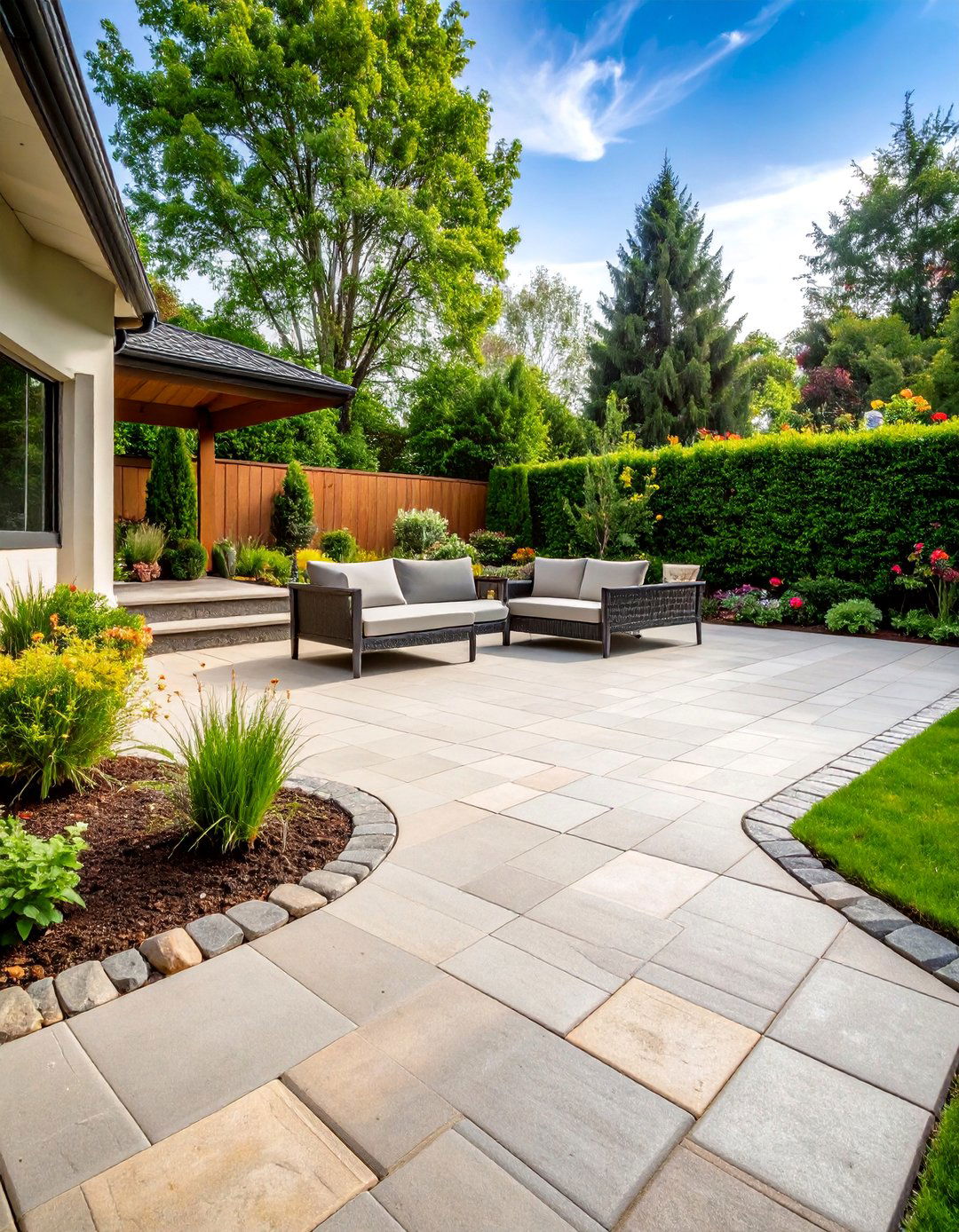
Achieving the luxury appearance of natural stone or brick through stamped concrete patio installation costs significantly less than actual materials. Basic stamped patterns like ashlar slate, running bond brick, or wood plank designs typically range from $8-12 per square foot compared to $20+ for natural materials. While professional installation is recommended due to timing constraints, the investment pays dividends in durability and aesthetics. Single-color stamped concrete patio surfaces keep costs minimal while still providing sophisticated texture and pattern. Popular budget-friendly options include simple cobblestone or basic brick patterns using standard gray concrete with subtle release agents for color variation. The key to affordable stamped concrete patio projects lies in choosing simpler patterns and limiting color complexity while still achieving an upscale appearance that enhances your outdoor living space.
4. Exposed Aggregate Concrete Patio Surface
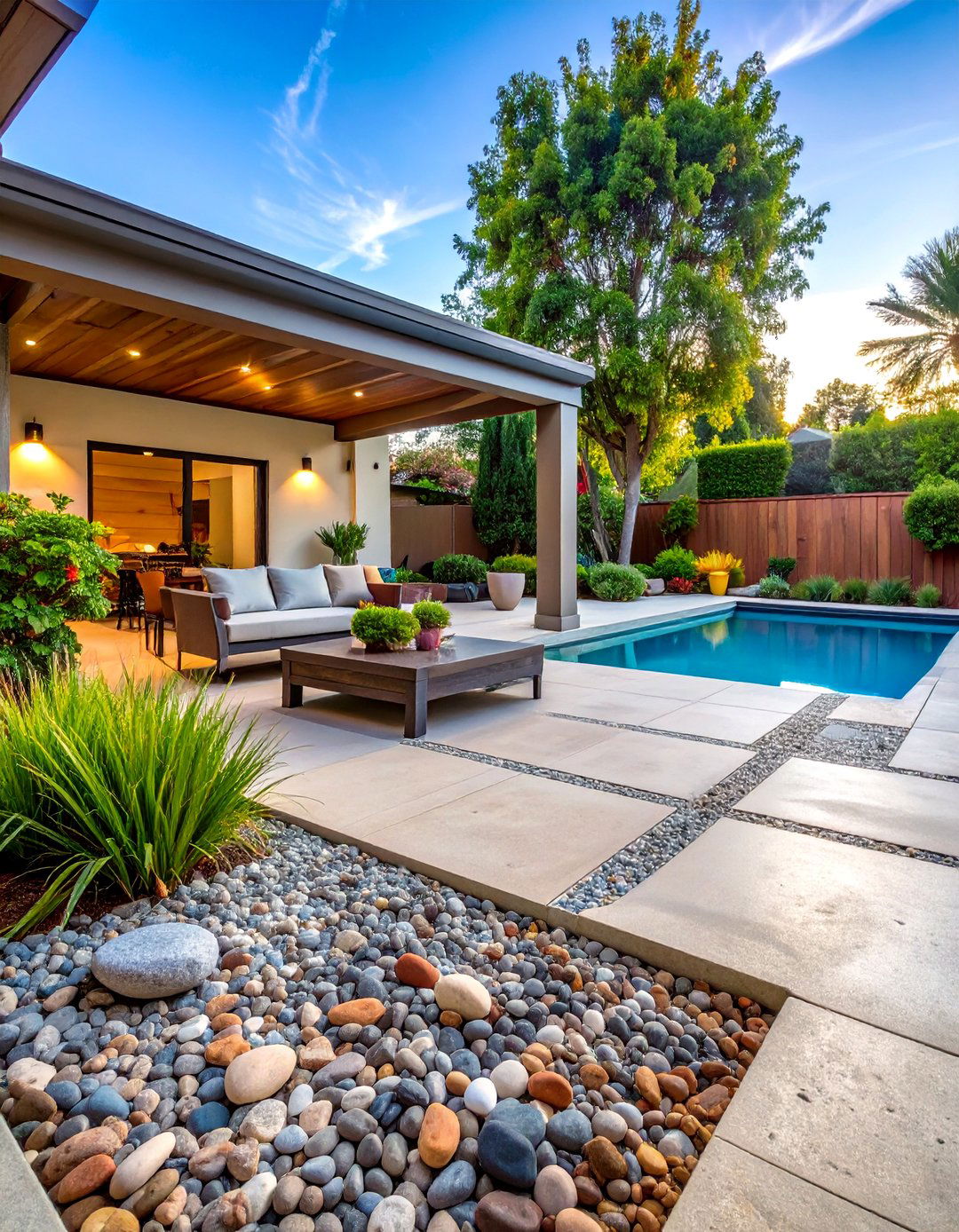
Creating an exposed aggregate concrete patio adds natural texture and visual interest for approximately $2-3 more per square foot than standard concrete. This technique reveals decorative stones, pebbles, or glass within the concrete mix, creating slip-resistant surfaces perfect for outdoor entertainment areas. The process involves removing the top cement layer through chemical retardants or water washing, exposing colorful aggregates beneath. Standard river rock, granite chips, or recycled glass create beautiful, budget-friendly options. Exposed aggregate concrete patio surfaces hide imperfections well and require minimal maintenance beyond occasional sealing every 2-3 years. The natural texture provides excellent traction for safety while offering unlimited design possibilities through aggregate selection. This concrete patio finish works particularly well around pools, entertaining areas, or high-traffic zones where both beauty and functionality matter most.
5. Concrete Patio Overlay Resurfacing
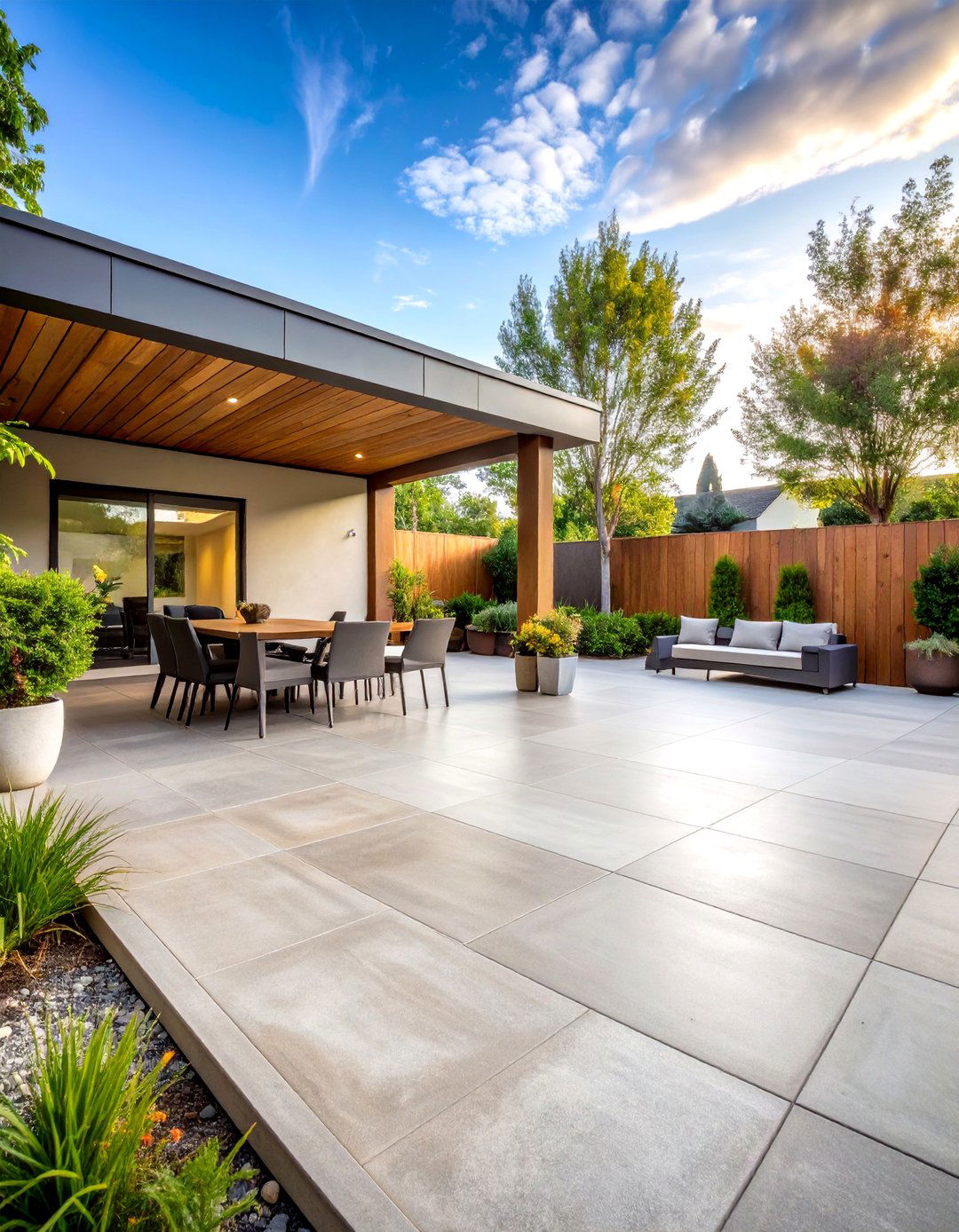
Transforming damaged or outdated concrete patio surfaces through overlay resurfacing costs $3-7 per square foot, making it extremely budget-friendly compared to complete replacement. Decorative overlays can be stamped, stained, or textured to create fresh appearances over existing slabs. The process involves thorough surface preparation, crack repair, and application of thin cement-based coatings mixed with polymer resins for enhanced durability. Popular overlay options include micro-toppings for smooth finishes or thicker applications for stamped patterns. This concrete patio renovation method works excellently for covering stains, minor damage, or simply updating appearance. SpreadStone and similar DIY overlay products make this accessible for homeowners, requiring basic tools and following straightforward application instructions. Proper preparation and quality materials ensure overlays last 10-15 years, providing exceptional value for concrete patio modernization projects.
6. Salt-Finished Concrete Patio Texture
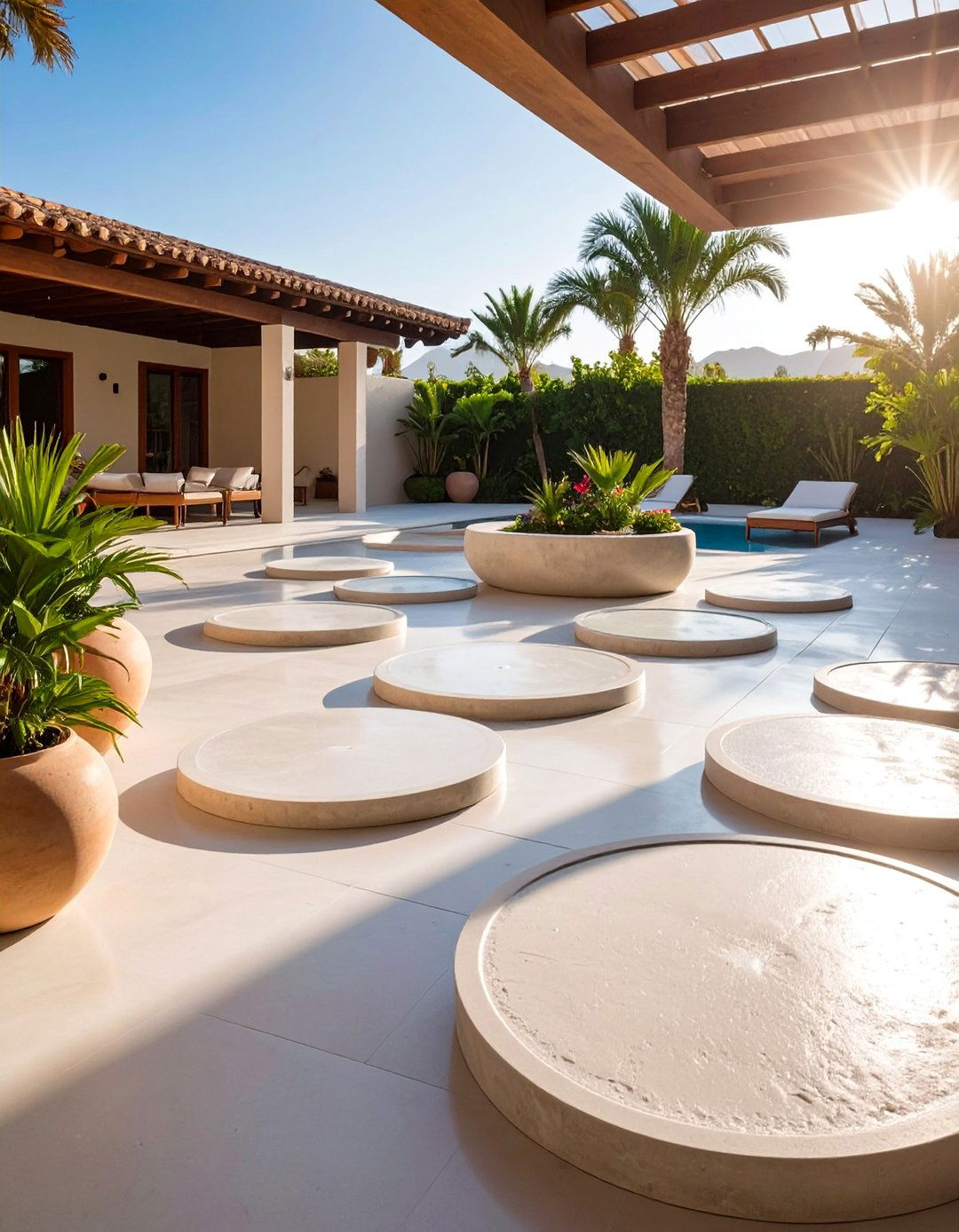
Salt finishing creates unique, affordable textured concrete patio surfaces for under $1 per square foot in additional costs. This technique involves broadcasting rock salt over fresh concrete, pressing it into the surface, then washing it away after curing to reveal distinctive round impressions. The resulting texture provides excellent slip resistance and visual interest while maintaining budget-friendly installation costs. Salt-finished concrete patio areas work particularly well around pools or in areas requiring enhanced traction. The random pattern created by salt distribution ensures each project is unique and natural-looking. This finish can be combined with integral color or acid staining for enhanced aesthetics. The process requires timing coordination with concrete placement but offers DIY-friendly application for experienced homeowners. Salt finishing provides an excellent alternative to expensive textured materials while delivering practical benefits and attractive appearance for outdoor living spaces.
7. Concrete Patio with Decorative Border Design
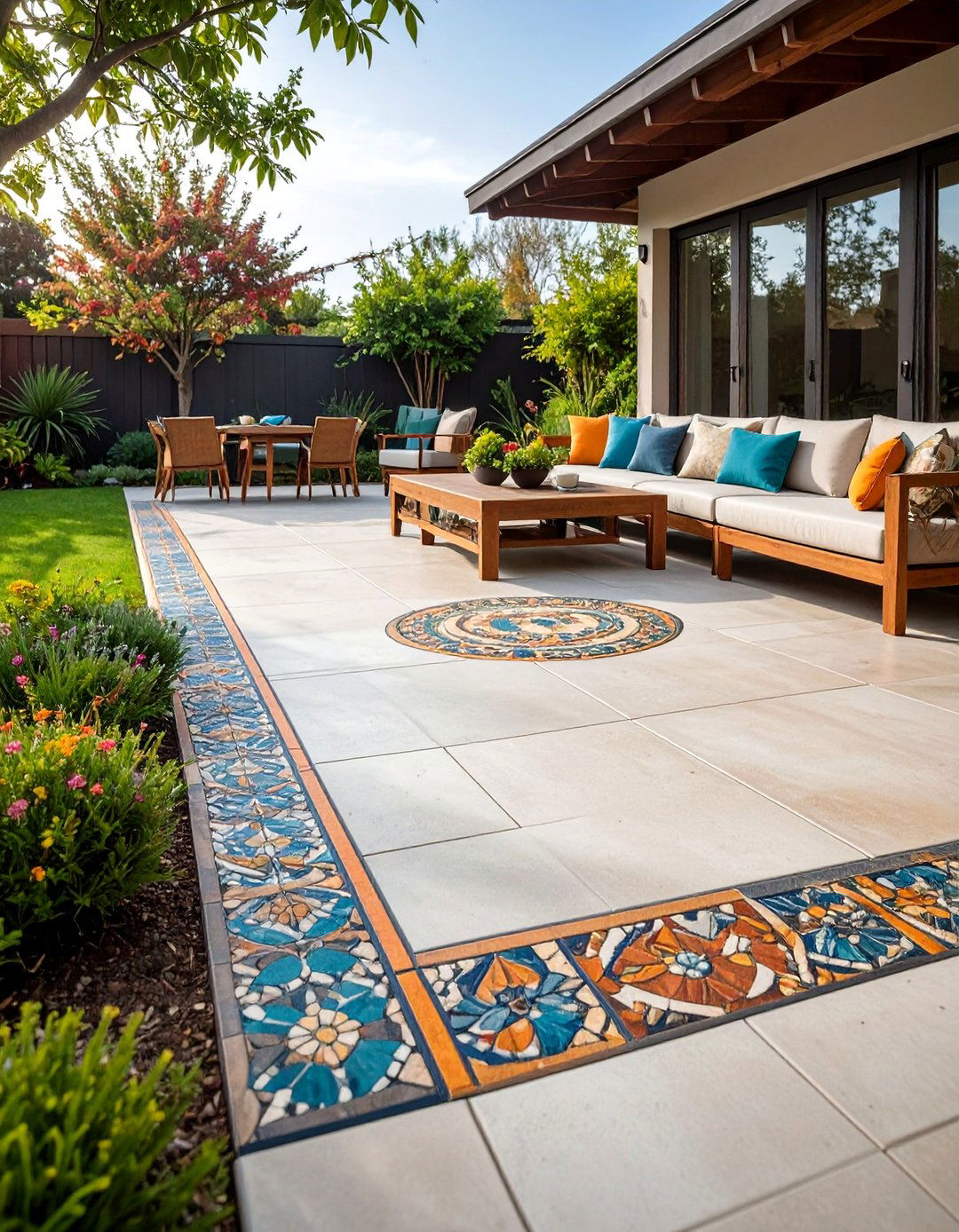
Adding decorative borders to concrete patio areas provides sophisticated design elements for minimal additional investment. Borders can be achieved through colored concrete, different textures, or contrasting patterns that frame the main patio surface. Simple tape-off borders using different colored stains or paints cost under $100 for most patios while creating dramatic visual impact. Stamped borders featuring brick, stone, or rope patterns add elegance without full-surface complexity. The key to successful concrete patio borders lies in proper planning and precise execution using straight edges and quality materials. Consider contrasting light borders with dark fields or vice versa for maximum definition. Borders also provide practical benefits by defining spaces and concealing expansion joints. This technique works exceptionally well for large concrete patio areas that might otherwise appear monotonous, adding architectural interest and perceived value far exceeding the modest investment required.
8. Acid-Stained Concrete Patio Coloring
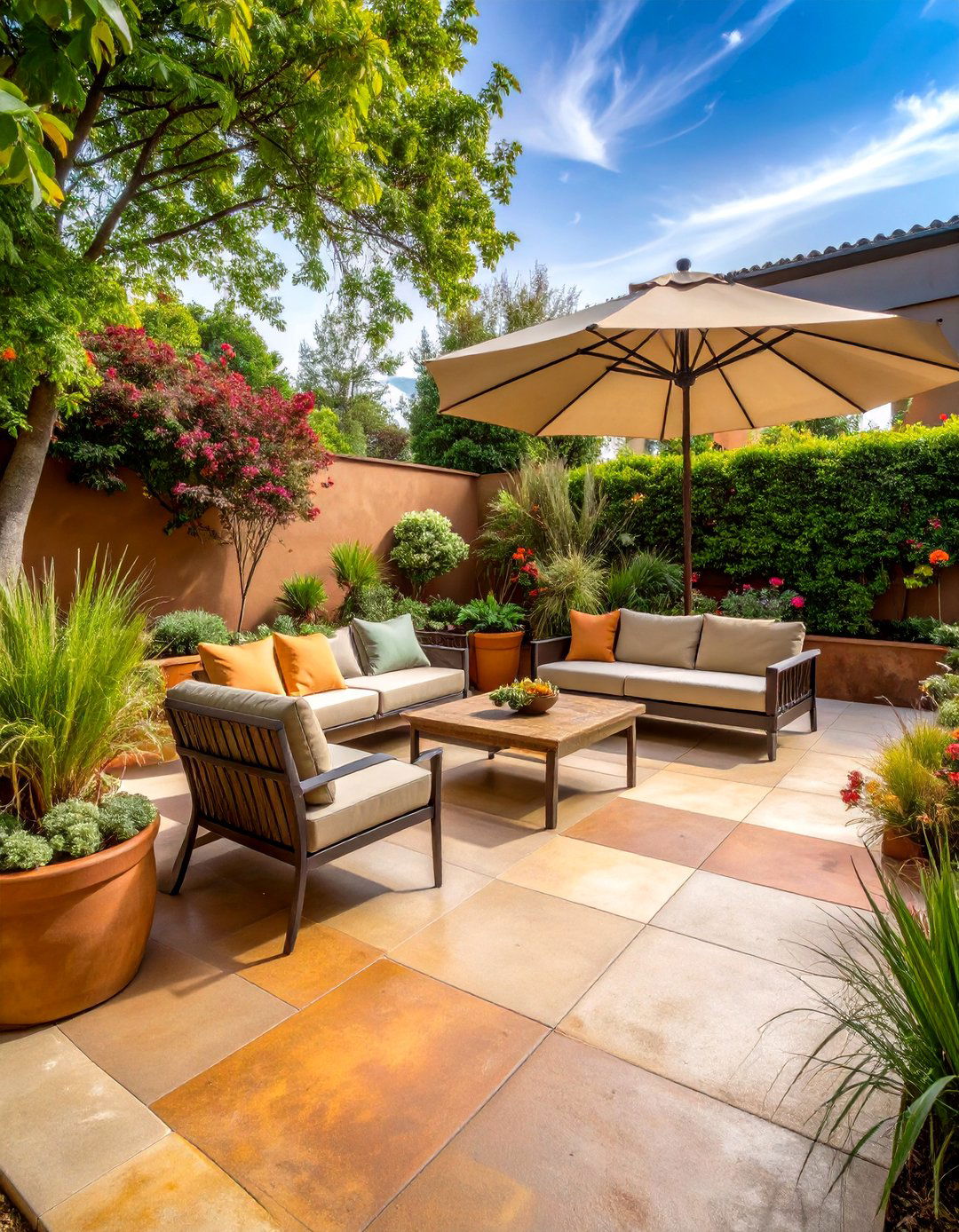
Acid staining transforms plain concrete patio surfaces into rich, variegated masterpieces for $2-4 per square foot. This chemical process creates permanent, translucent colors that penetrate concrete, producing natural-looking variations and depth impossible to achieve with paint. Popular concrete patio stain colors include earth tones like terra cotta, sage green, warm brown, and charcoal gray. The process requires thorough cleaning, careful application of acid stain solutions, and neutralization followed by sealing. Results vary based on concrete composition and age, creating unique, unrepeatable patterns. Safety equipment including respirators and protective clothing is essential when working with acid stains. Multiple colors can be layered for complex effects, though single-color applications remain most budget-friendly. Properly applied acid stains last decades with minimal maintenance, making this an excellent long-term investment for concrete patio enhancement that delivers professional results at reasonable costs.
9. Broom-Finished Concrete Patio Texture
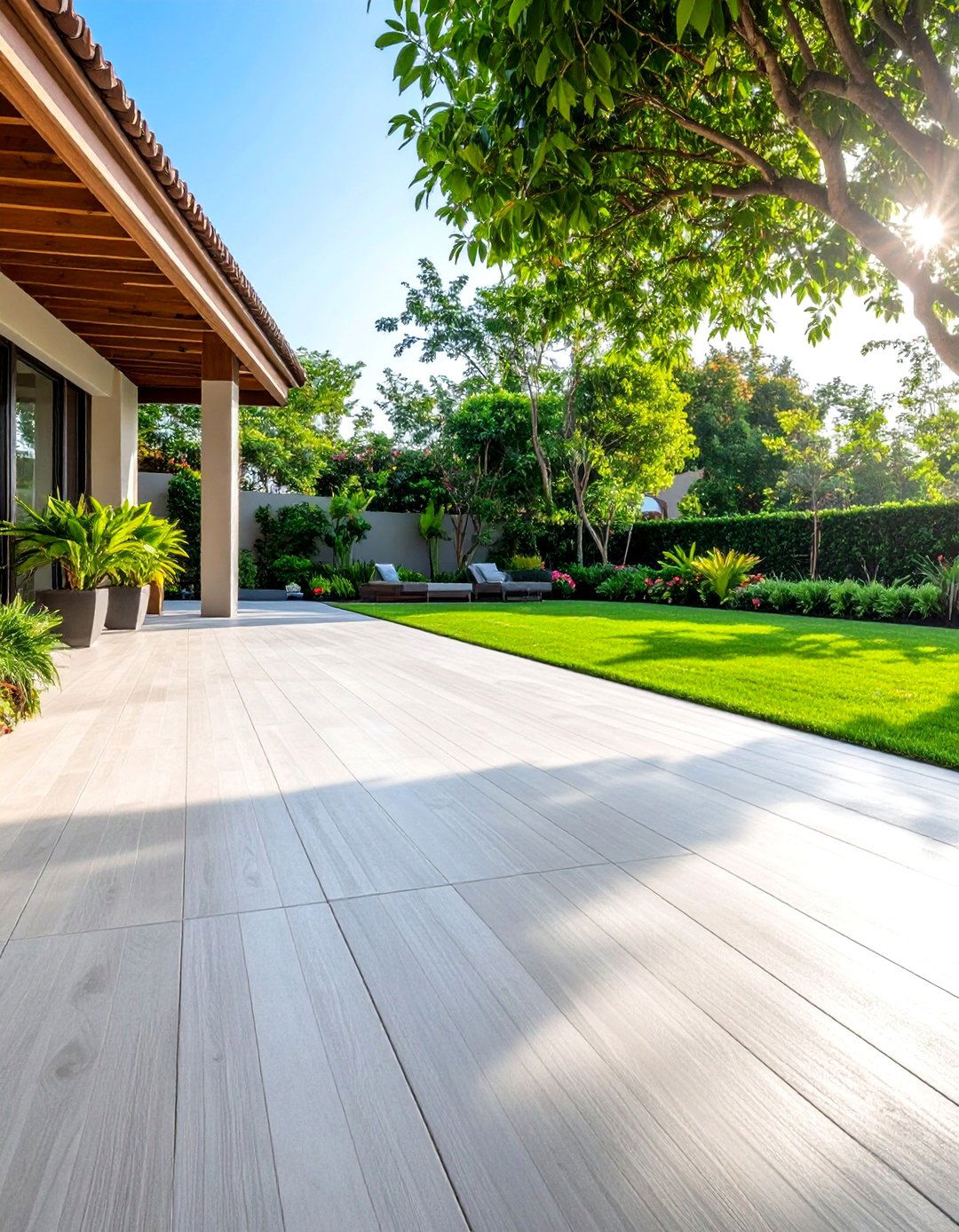
Broom finishing provides an economical way to add texture and slip resistance to concrete patio surfaces for virtually no additional cost beyond standard installation. This technique involves dragging a concrete broom across fresh concrete to create consistent linear textures that enhance traction and visual interest. Different broom types create varying textures, from fine bristles for subtle effects to coarse brooms for pronounced patterns. The direction of brooming can be varied to create different design elements – straight lines, curves, or cross-hatching patterns. This concrete patio finish works excellently in combination with integral color or subsequent staining for enhanced appearance. Broom finishing requires proper timing during concrete placement but offers reliable, predictable results suitable for DIY installation. The texture helps hide minor imperfections while providing practical benefits for outdoor use. This classic concrete patio finish remains popular due to its simplicity, effectiveness, and budget-friendly nature.
10. Concrete Patio with Integral Color Mixing
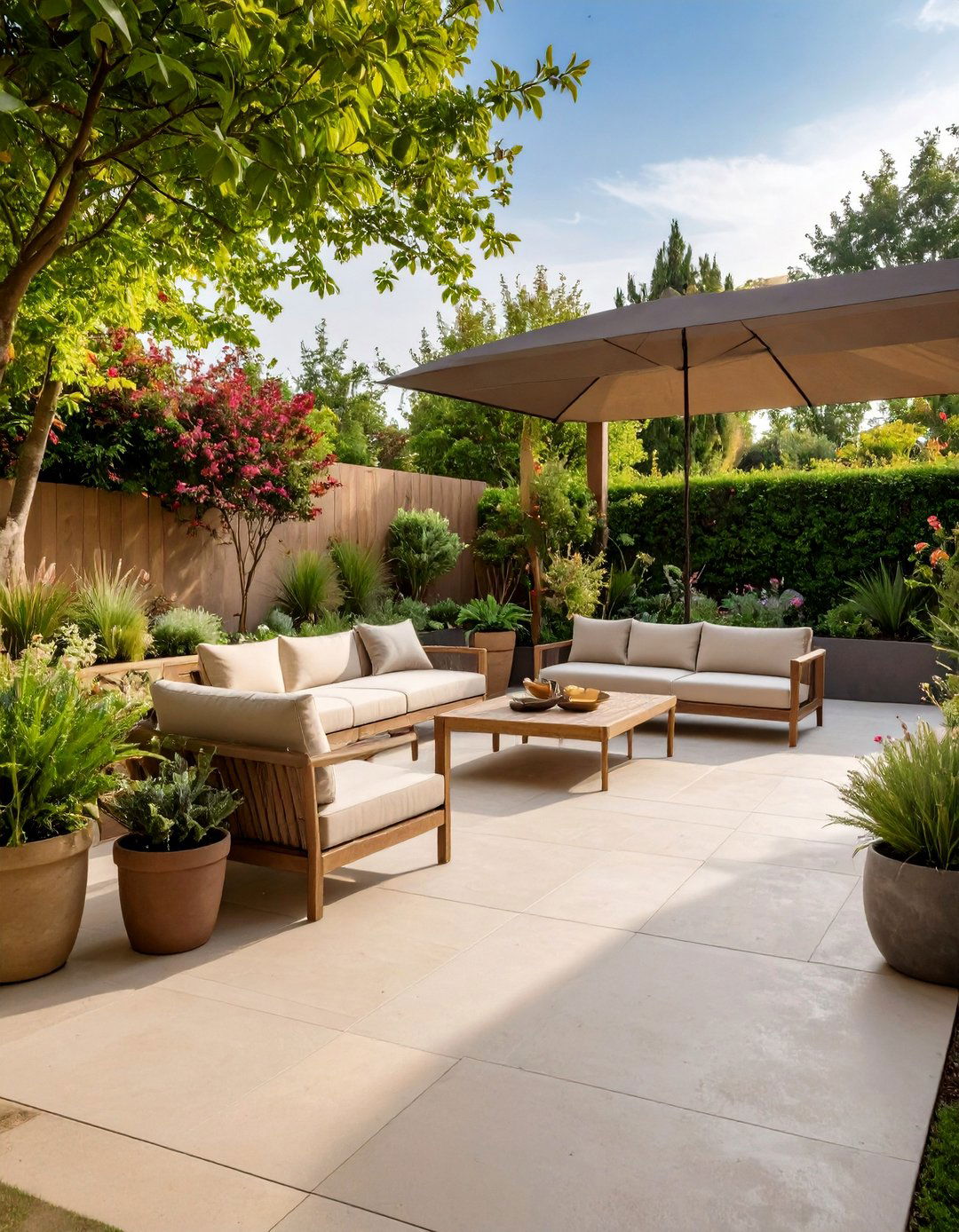
Integral coloring adds permanent color throughout concrete patio installations for approximately $0.75-1.50 per square foot additional cost. Unlike surface treatments, integral color won't chip, peel, or fade significantly, providing long-lasting beauty and value. Popular concrete patio color options include warm gray, sandstone beige, terra cotta, and charcoal, all designed to complement outdoor environments naturally. The coloring process involves adding powdered or liquid pigments during concrete mixing, ensuring consistent distribution throughout the slab thickness. This technique works excellently alone or combined with other decorative techniques like stamping or acid staining for enhanced effects. Integral colored concrete patio surfaces require standard maintenance and periodic sealing to maintain optimal appearance. While slightly more expensive than gray concrete, integral color eliminates ongoing painting or staining costs while providing superior durability. This investment pays dividends through enhanced aesthetics and reduced long-term maintenance requirements for concrete patio installations.
11. Scored Concrete Patio with Geometric Patterns
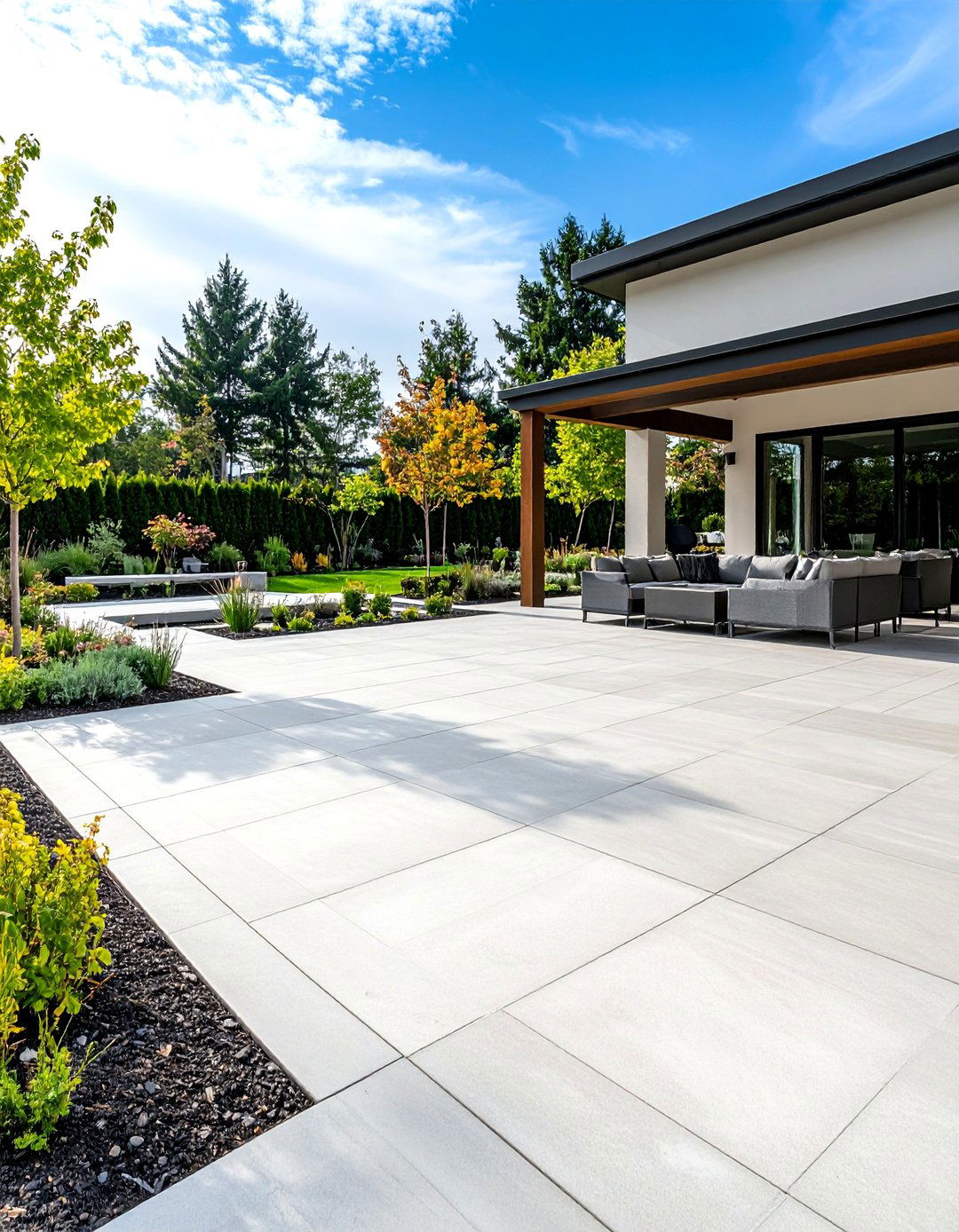
Creating geometric patterns through concrete scoring adds sophisticated design elements for minimal additional investment beyond standard installation costs. Scoring involves cutting shallow grooves into cured concrete using concrete saws or specialized tools, creating the appearance of individual tiles, stones, or custom patterns. Popular concrete patio scoring patterns include square grids resembling large tiles, diagonal patterns, or random stone layouts. The process can be combined with staining different sections for enhanced contrast and visual interest. Proper planning and chalk line layouts ensure straight, professional-looking results. Scoring depth should be approximately 1/4 to 1/2 inch for optimal appearance without compromising structural integrity. This technique works particularly well for large concrete patio areas that might otherwise appear plain or monotonous. Tools required include concrete saws, chalk lines, and measuring equipment, making this accessible for DIY enthusiasts seeking custom concrete patio designs.
12. Concrete Patio with String Light Canopy
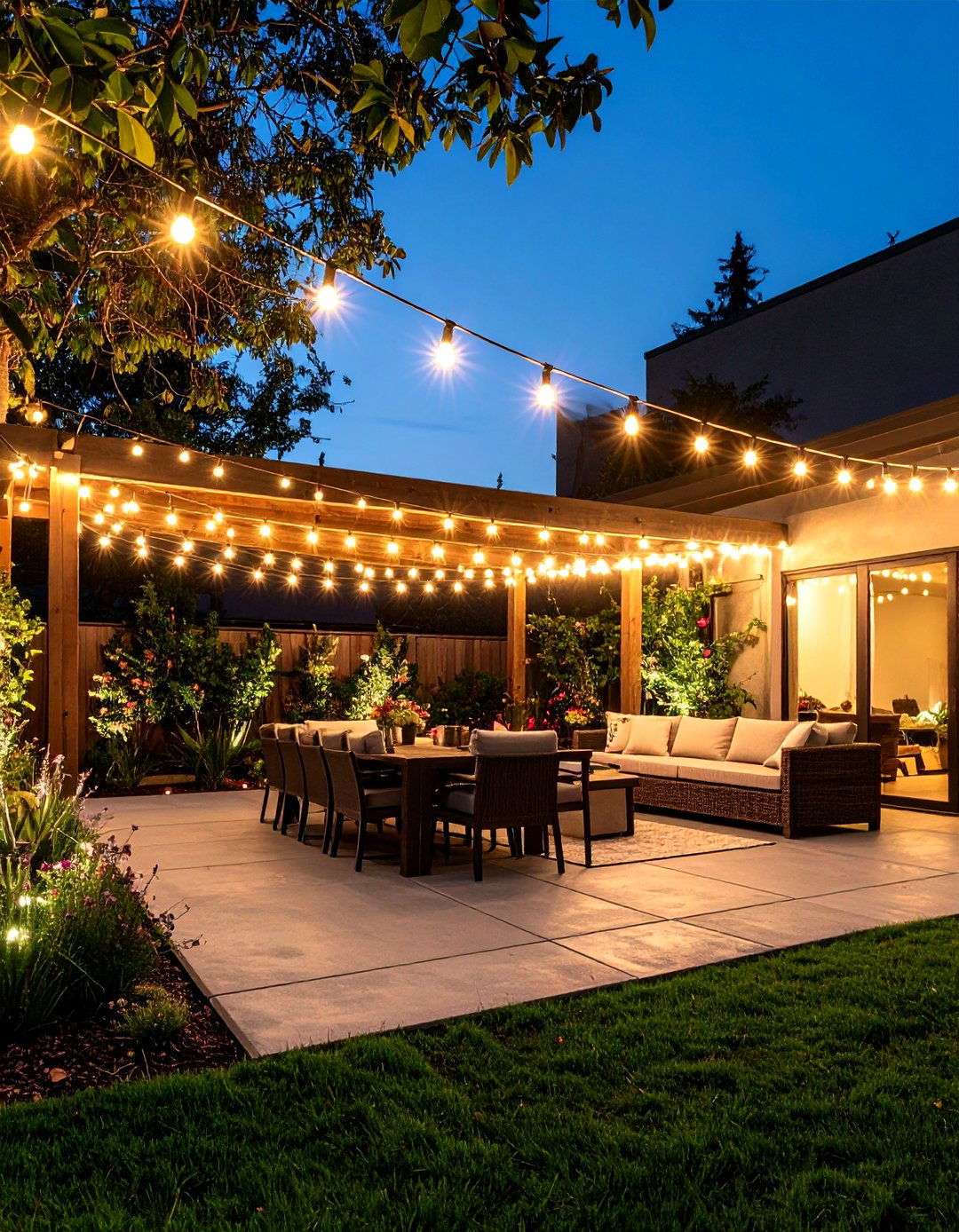
Installing string lighting over concrete patio areas creates magical ambiance for evening entertainment at modest costs ranging from $50-200 depending on coverage area and light quality. LED string lights offer energy efficiency and longevity while providing warm, inviting illumination perfect for outdoor dining and relaxation. Permanent mounting requires careful planning with poles, trees, or house attachment points supporting weatherproof electrical connections. Solar-powered options eliminate wiring costs and complexity while providing eco-friendly operation. String light patterns can follow concrete patio perimeters, create overhead canopies, or accent specific seating areas for targeted illumination. Edison bulb styles provide vintage charm while modern LED strips offer contemporary aesthetics. Proper installation includes weatherproof connections, adequate support structures, and timer controls for convenience. This concrete patio enhancement dramatically transforms outdoor spaces from daylight functionality to evening entertainment venues, creating focal points that encourage outdoor living and social gathering throughout warmer months.
13. Fire Pit Concrete Patio Entertainment Area
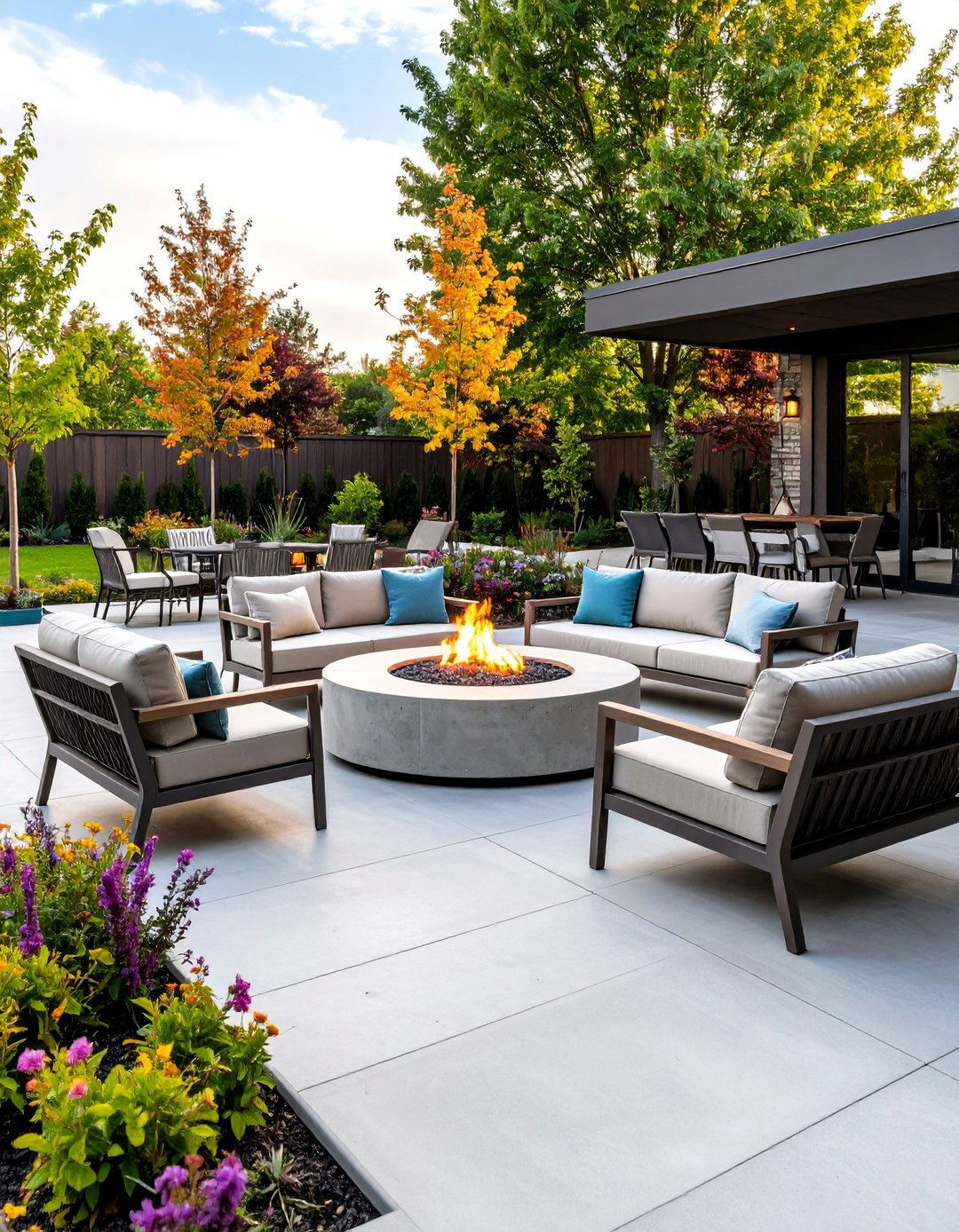
Incorporating fire pit areas into concrete patio designs creates natural gathering spaces for year-round outdoor entertainment. Portable fire pits start around $100-300 while permanent installations range from $500-1500 including professional installation. Concrete patio surfaces provide ideal foundations for fire features due to their heat resistance and level surfaces. Proper clearances and local fire codes must be observed when planning fire pit locations. Decorative concrete finishes like stamped patterns or exposed aggregate complement fire features beautifully while providing safe, durable surfaces for seating arrangements. Consider incorporating slightly raised concrete patio sections around fire pits for improved seating and better heat distribution. Built-in concrete seating walls can be integrated during initial patio installation for cohesive designs. Safety features including fire-resistant decorative stones, proper ventilation, and emergency water access should be planned into concrete patio fire pit areas for optimal enjoyment and protection.
14. Concrete Patio with Outdoor Area Rugs
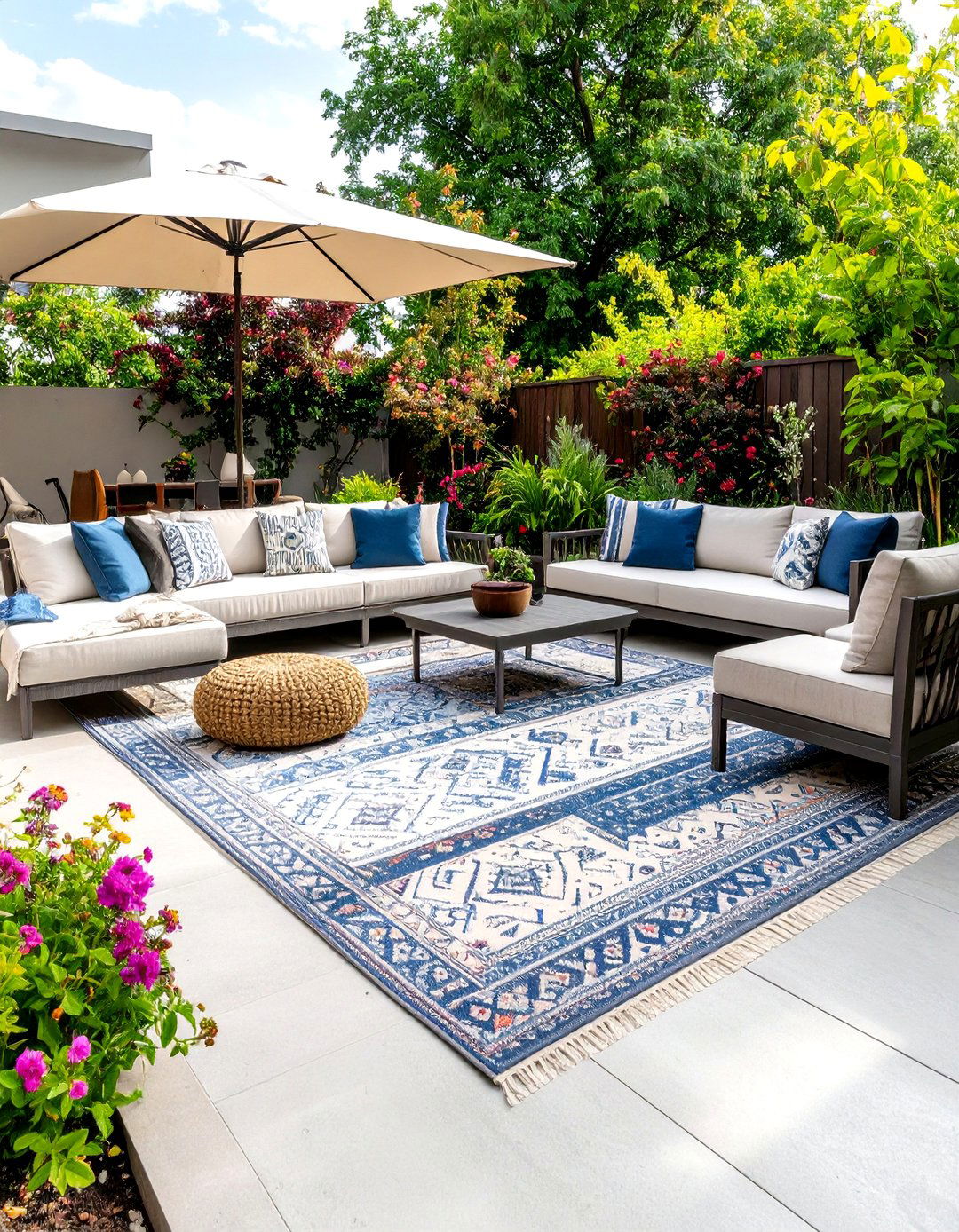
Outdoor rugs transform concrete patio spaces into defined living areas while adding color, comfort, and style for $50-300 depending on size and quality. Weather-resistant materials like polypropylene or recycled plastic provide durability against moisture, UV rays, and heavy foot traffic typical of outdoor environments. Strategic rug placement helps define conversation areas, dining spaces, or transition zones between different concrete patio sections. Bold patterns and bright colors can energize plain concrete surfaces while neutral tones create sophisticated, calming environments. Proper sizing ensures rugs adequately anchor furniture groupings without appearing undersized or overwhelming spaces. Quality outdoor rugs resist fading, mold, and moisture while providing easy cleaning through hosing or pressure washing. This concrete patio enhancement offers instant transformation without permanent modifications, allowing seasonal changes and design experimentation. Multiple smaller rugs can create distinct zones within larger concrete patio areas, maximizing functionality and visual interest affordably.
15. Potted Plant Concrete Patio Gardens
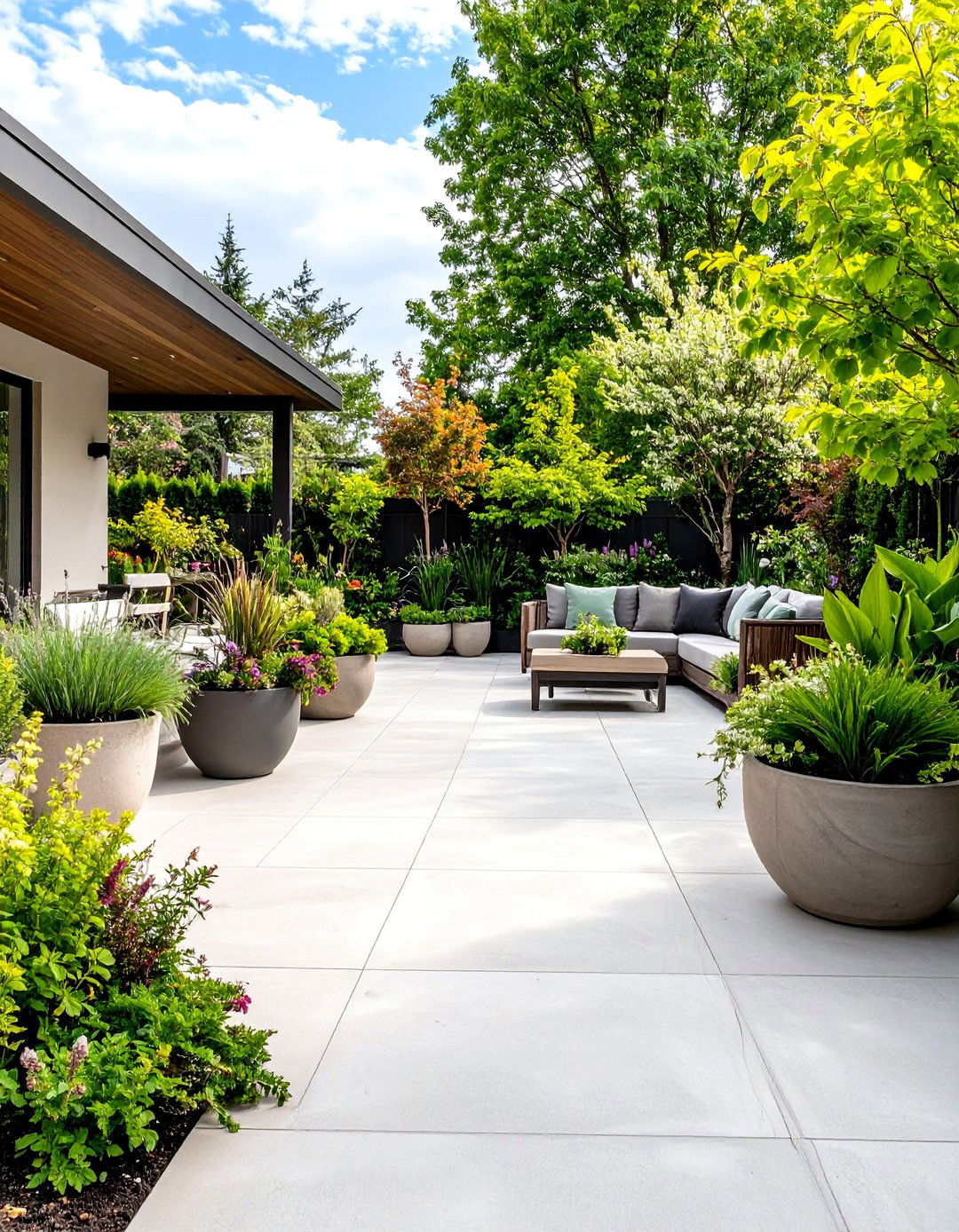
Creating lush garden environments on concrete patio surfaces through strategic container plantings brings natural beauty and life to hardscaped areas for $100-500 depending on plant selection and container quality. Large planters, decorative pots, and creative containers like repurposed items add vertical elements and softening textures to stark concrete surfaces. Strategic placement creates privacy screening, defines spaces, and provides seasonal color changes throughout the year. Container gardens offer flexibility for rearranging, seasonal plantings, and experimenting with different plant combinations. Consider varying heights, textures, and colors for maximum visual impact while ensuring adequate drainage and appropriate plant selections for local climates. Concrete patio container gardens work excellently with automatic irrigation systems for low-maintenance care. Popular choices include ornamental grasses, flowering perennials, herbs, and small trees depending on container sizes and local growing conditions. This enhancement brings concrete patio spaces to life while providing opportunities for gardening in urban or challenging soil environments.
16. Concrete Patio with DIY Built-in Seating
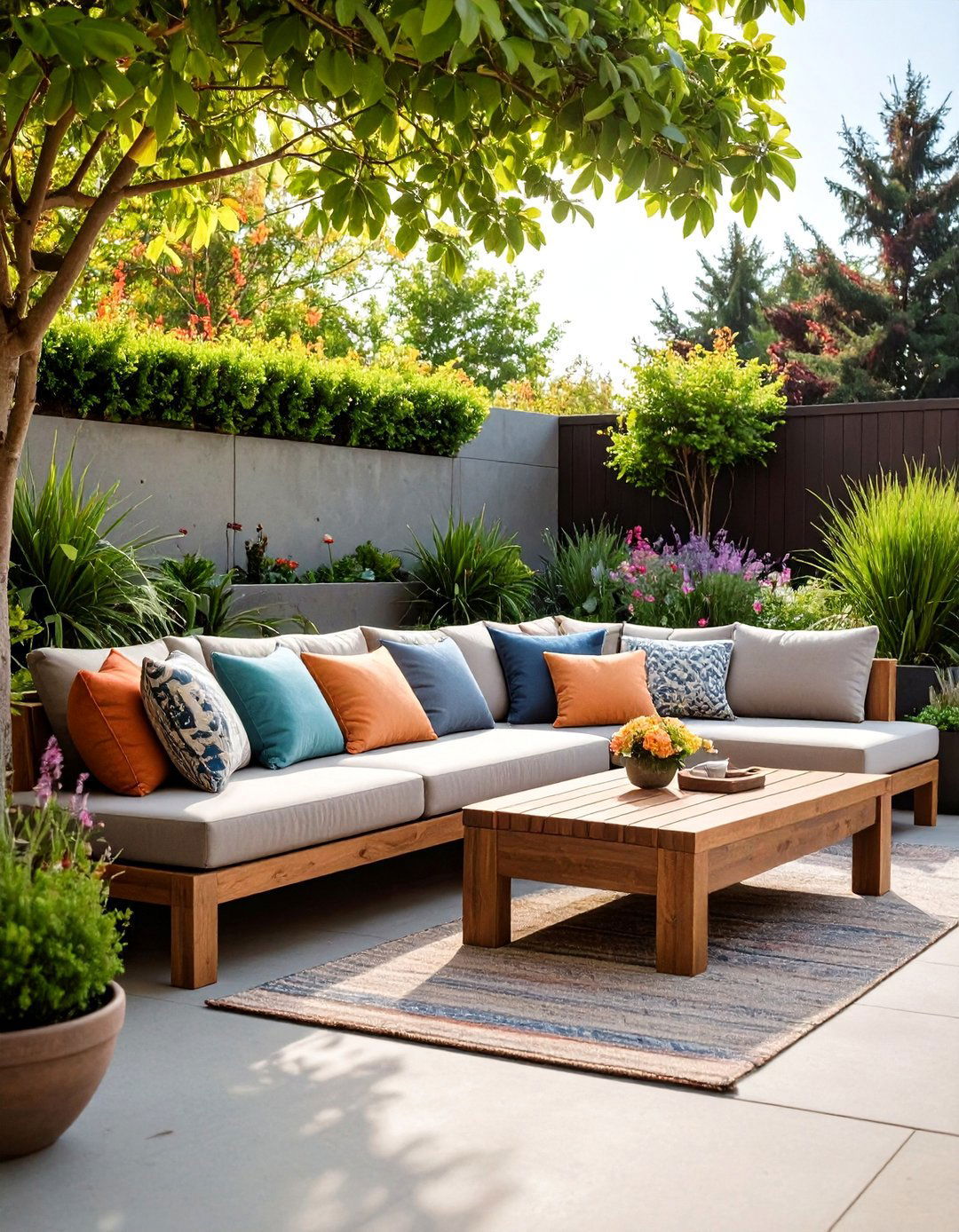
Constructing built-in seating elements during concrete patio installation provides permanent, cost-effective furniture solutions for $200-800 depending on complexity and finishing materials. Concrete bench walls, raised planters with seating edges, or integrated step seating maximize space efficiency while providing durable, weather-resistant functionality. These elements can be formed during initial concrete placement or added later using concrete blocks, stone, or poured concrete techniques. Proper reinforcement and foundation preparation ensure longevity and stability for concrete patio seating elements. Cushions, throw pillows, and outdoor fabrics add comfort and color while maintaining budget-friendly approaches. Built-in concrete patio seating eliminates ongoing furniture replacement costs while providing permanent solutions that won't blow away or require seasonal storage. Design considerations include appropriate heights, back support options, and integration with overall patio layouts. This investment provides long-term value while creating defined gathering spaces perfect for conversation and relaxation in outdoor environments.
17. Concrete Patio with Pergola Shade Structures
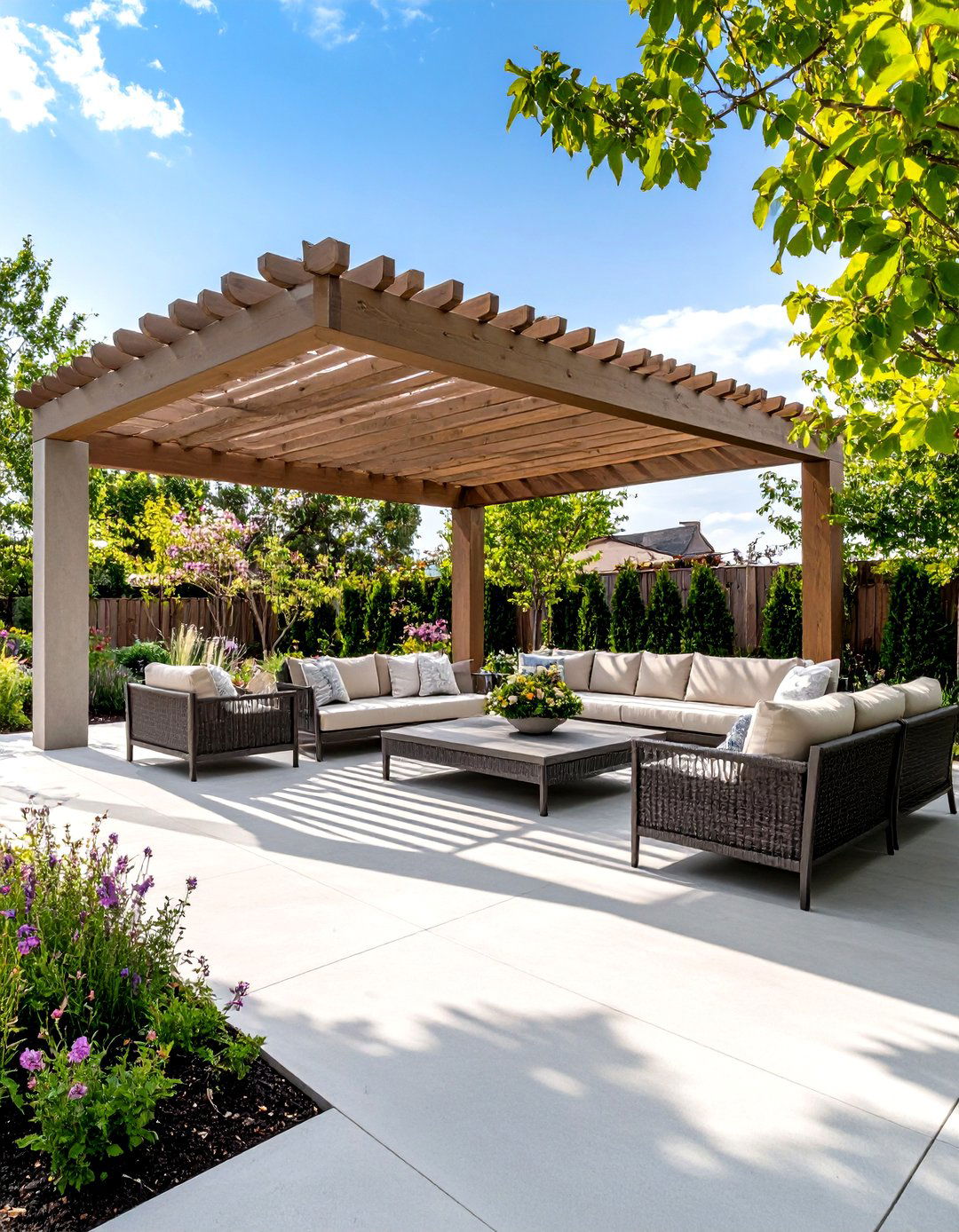
Adding pergola or shade structures over concrete patio areas extends usability during hot weather while creating architectural interest for $300-1500 depending on materials and construction complexity. DIY pergola kits offer affordable options while custom builds provide personalized solutions matching specific concrete patio dimensions and style preferences. Proper foundation anchoring into concrete surfaces ensures stability during wind events while maintaining structural integrity over time. Shade cloth, climbing vines, or retractable canopies can be added to pergolas for additional sun protection and visual appeal. Concrete patio pergola combinations work excellently for defining outdoor dining areas, creating intimate seating spaces, or establishing focal points within larger landscapes. Material choices include pressure-treated lumber, cedar, aluminum, or vinyl depending on budget constraints and maintenance preferences. Integrated lighting, ceiling fans, or hanging planters can be incorporated into pergola designs for enhanced functionality and ambiance over concrete patio entertainment areas.
18. Concrete Patio with Water Feature Elements
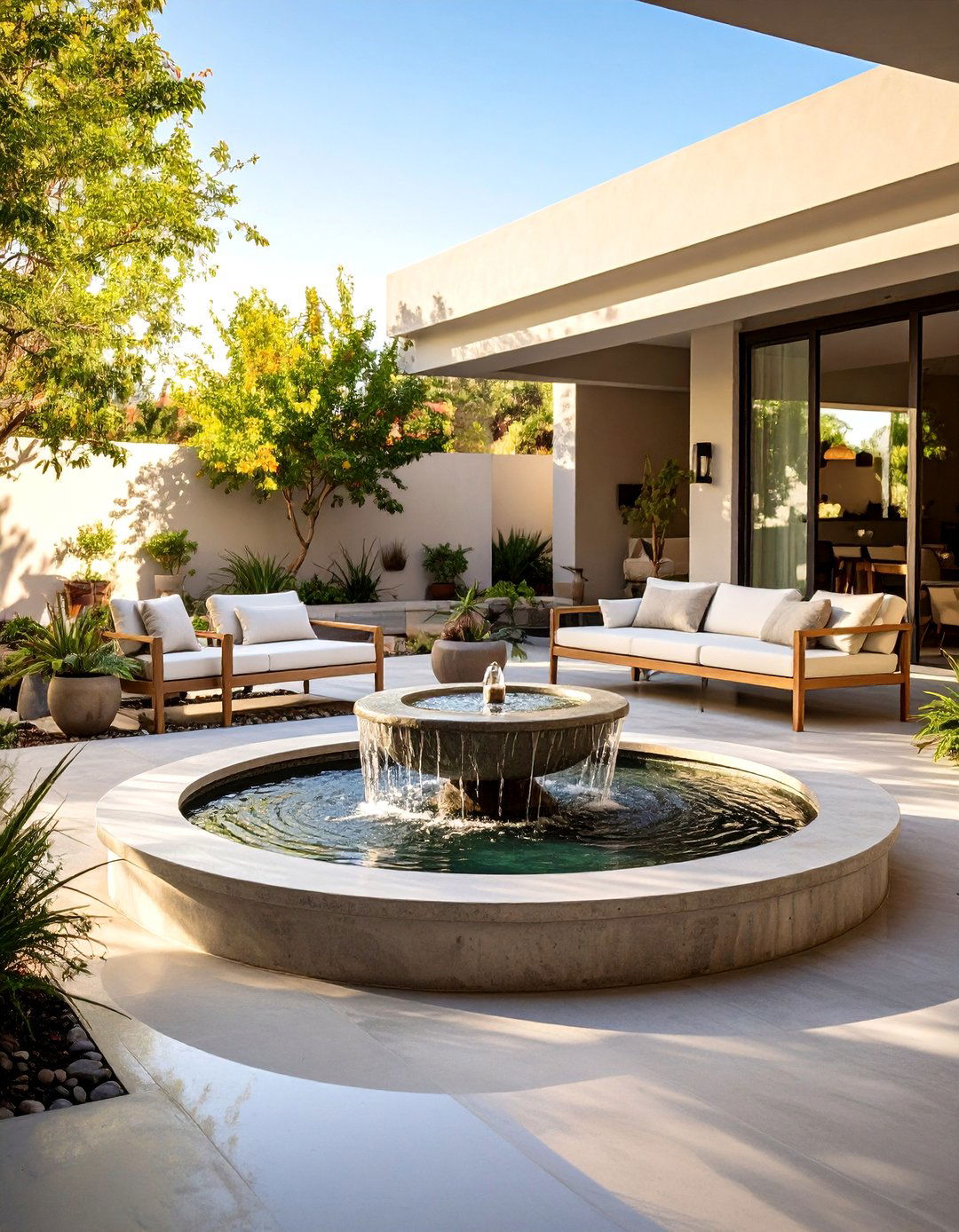
Incorporating water features into concrete patio designs creates tranquil, resort-like atmospheres for $150-1000 depending on feature complexity and installation requirements. Simple fountain additions, bubbling rocks, or container water gardens provide soothing sounds while attracting wildlife and creating cooling effects during hot weather. Concrete patio surfaces provide stable foundations for various water feature types while proper electrical and plumbing connections ensure reliable operation. Solar-powered fountains eliminate wiring costs while providing eco-friendly operation perfect for remote concrete patio locations. Consider integrating water features during initial concrete patio planning for seamless electrical and plumbing installation. Surrounding plantings and decorative elements enhance water features while creating cohesive landscape designs. Maintenance requirements include regular cleaning, water level monitoring, and seasonal winterization in freezing climates. This concrete patio enhancement creates focal points that encourage relaxation and outdoor enjoyment while adding property value through improved landscape amenities and sophisticated outdoor living environments.
19. Concrete Patio with Decorative Planter Borders
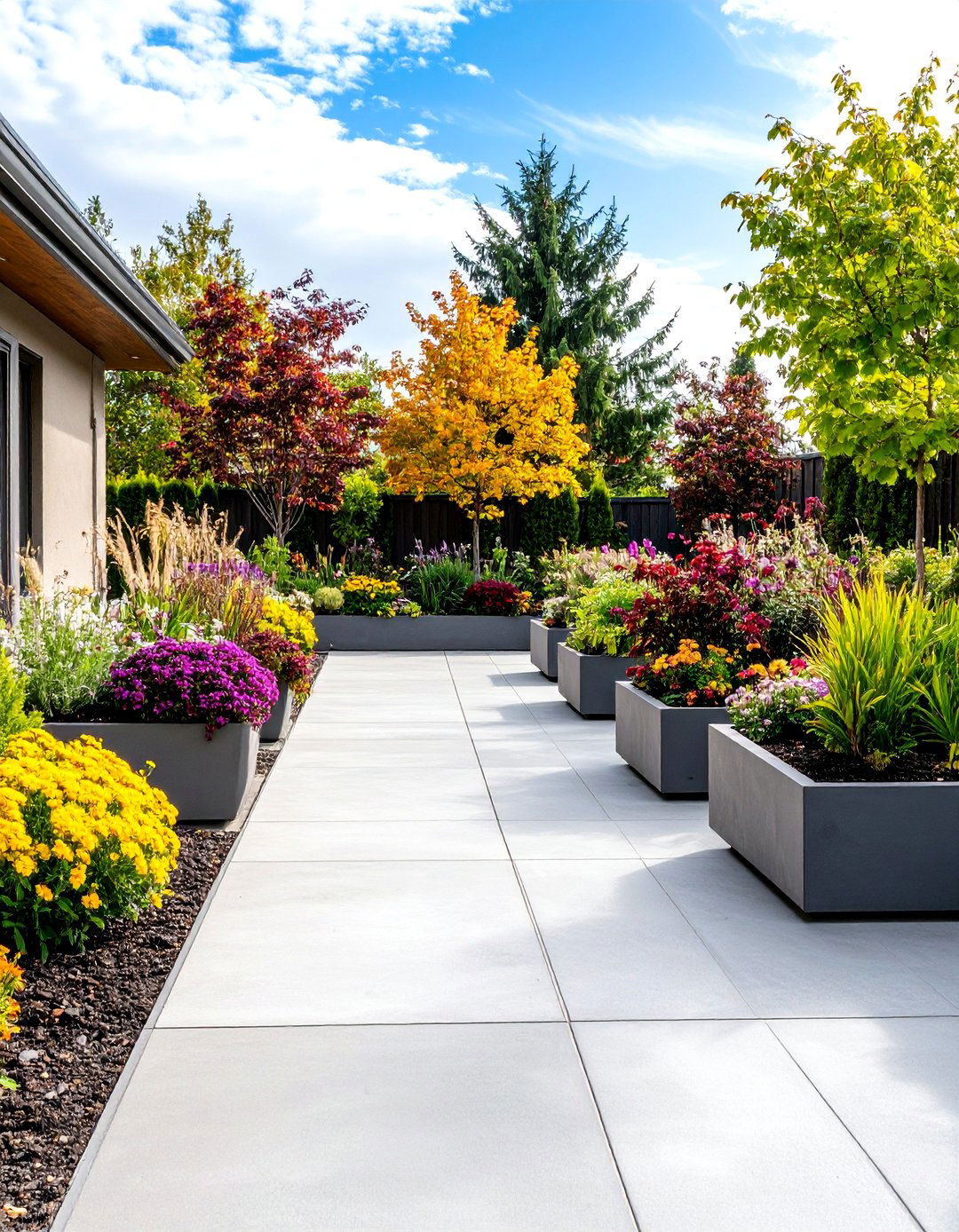
Creating planter borders around concrete patio perimeters softens hard edges while providing opportunities for seasonal color displays and landscape integration for $200-600 depending on materials and planting choices. Built-in concrete planters can be formed during initial installation or added later using decorative blocks, stone, or poured concrete techniques. Proper drainage and soil preparation ensure healthy plant growth while preventing water damage to adjacent concrete surfaces. Strategic planting creates privacy screening, wind protection, and seasonal interest while defining concrete patio boundaries naturally. Consider varying plant heights, textures, and bloom times for year-round appeal and visual interest. Decorative concrete patio planters work excellently with automatic irrigation systems for low-maintenance care while providing substantial visual impact. Material choices include natural stone, decorative concrete blocks, or matching stamped concrete for cohesive designs. This enhancement bridges the gap between hardscape and landscape elements while creating inviting, finished appearances for concrete patio installations.
20. Sealed and Protected Concrete Patio Maintenance

Proper sealing and protection ensures concrete patio longevity while maintaining attractive appearances for minimal ongoing investment of $0.50-1.50 per square foot every 2-3 years. Quality concrete sealers protect against moisture penetration, freeze-thaw damage, staining, and UV degradation while enhancing color depth and sheen levels. Application involves thorough cleaning, proper surface preparation, and even sealer distribution using rollers or sprayers depending on product specifications. Different sealer types including penetrating sealers, topical acrylics, or polyurethane coatings provide varying protection levels and aesthetic effects. Regular maintenance including prompt stain removal, periodic cleaning, and timely resealing prevents major concrete patio deterioration while preserving investment value. Proper concrete patio sealing extends surface life significantly while maintaining easy cleaning and attractive appearance. This preventive maintenance approach proves far more economical than major repairs or replacement while ensuring concrete patio areas remain functional and beautiful for decades of outdoor enjoyment and entertainment.
Conclusion:
These twenty budget-friendly concrete patio ideas prove that stunning outdoor spaces don't require enormous investments. From simple paint applications costing under $200 to decorative stamping and overlay techniques, concrete offers unlimited possibilities for creative homeowners. The key to successful concrete patio transformations lies in proper preparation, quality materials, and realistic project planning. Whether you choose DIY approaches or professional installation, these techniques deliver exceptional value while creating outdoor environments perfect for entertaining, relaxation, and family enjoyment. With proper maintenance and care, these concrete patio enhancements will provide decades of beauty and functionality, making them wise investments for any home improvement budget.


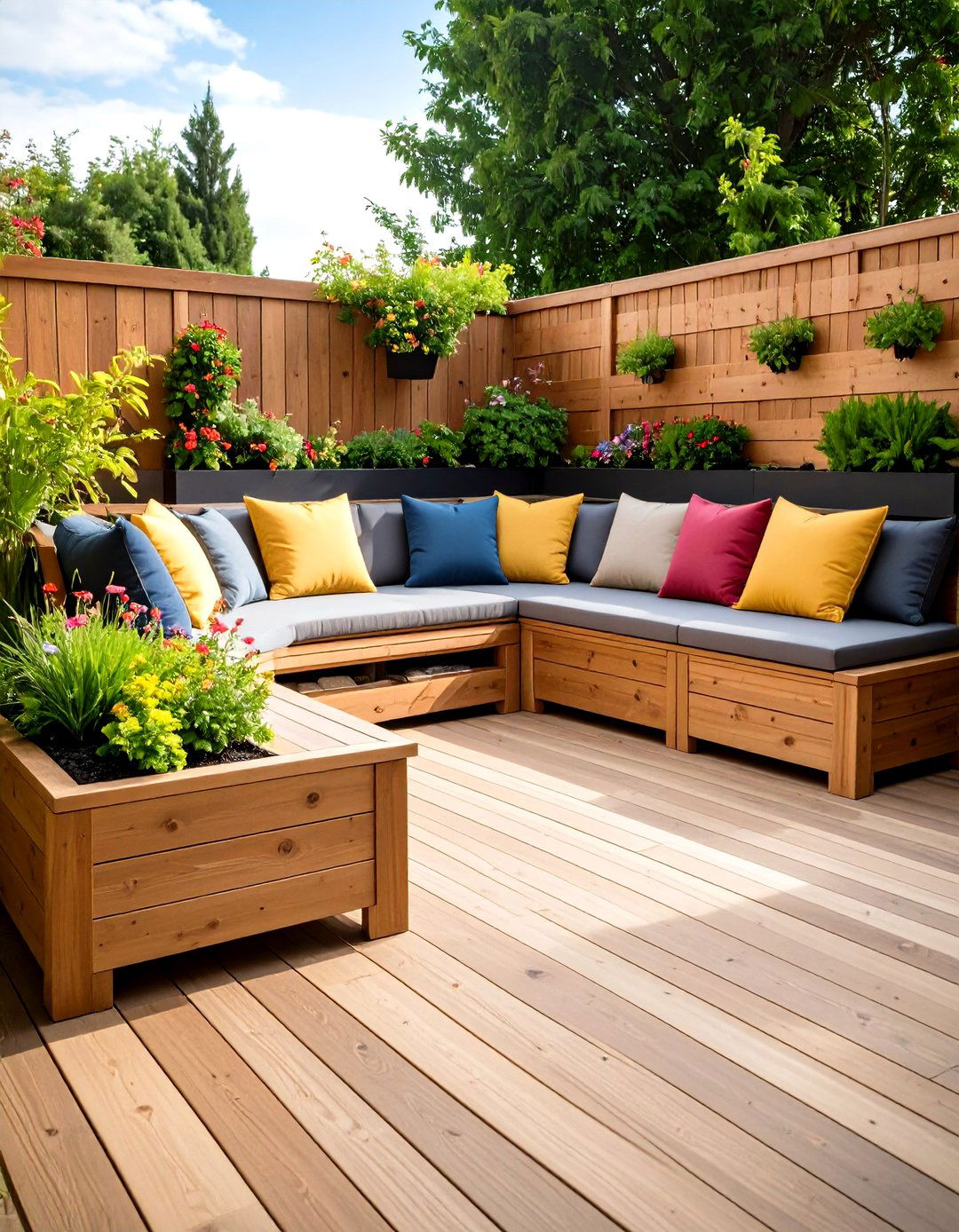
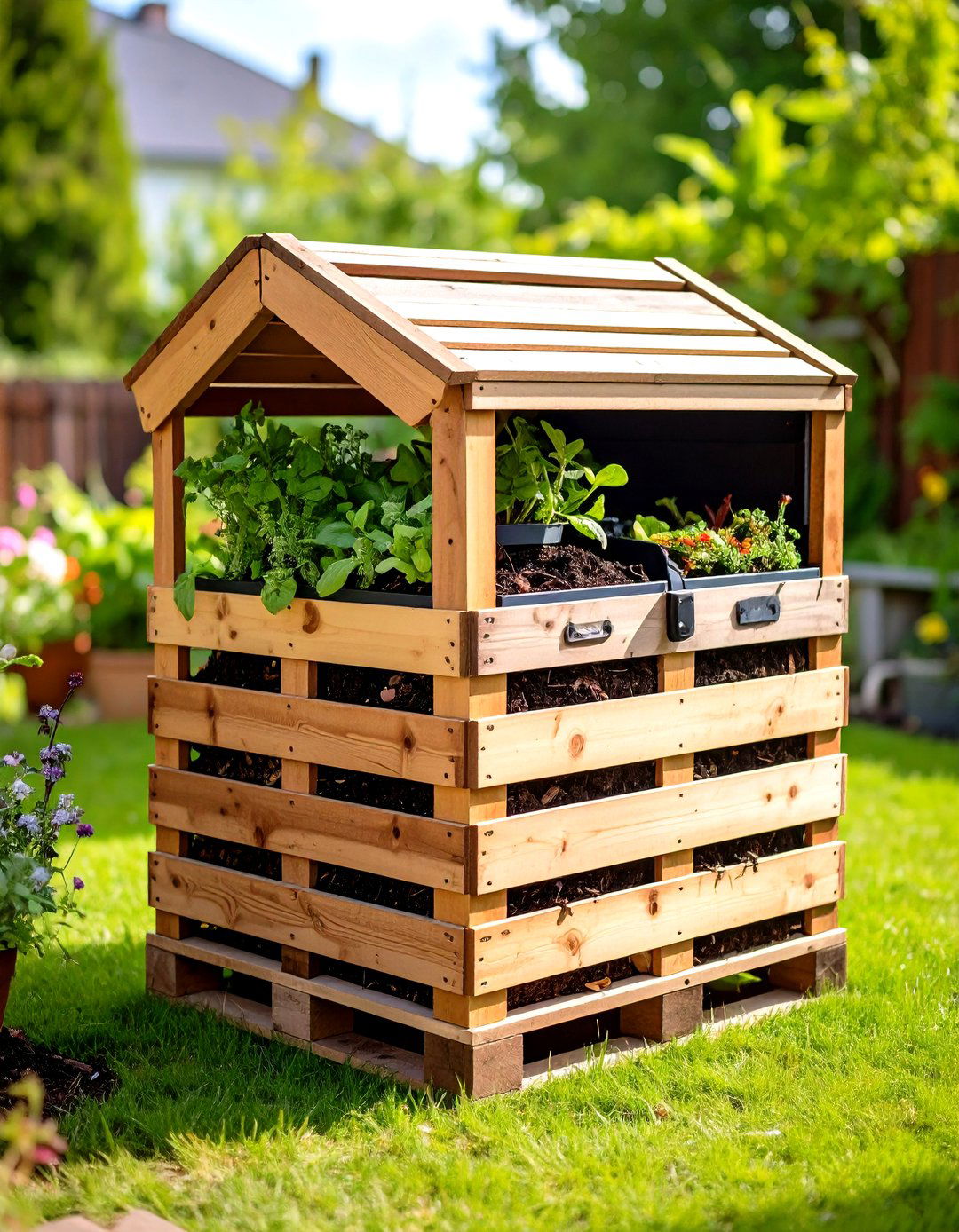
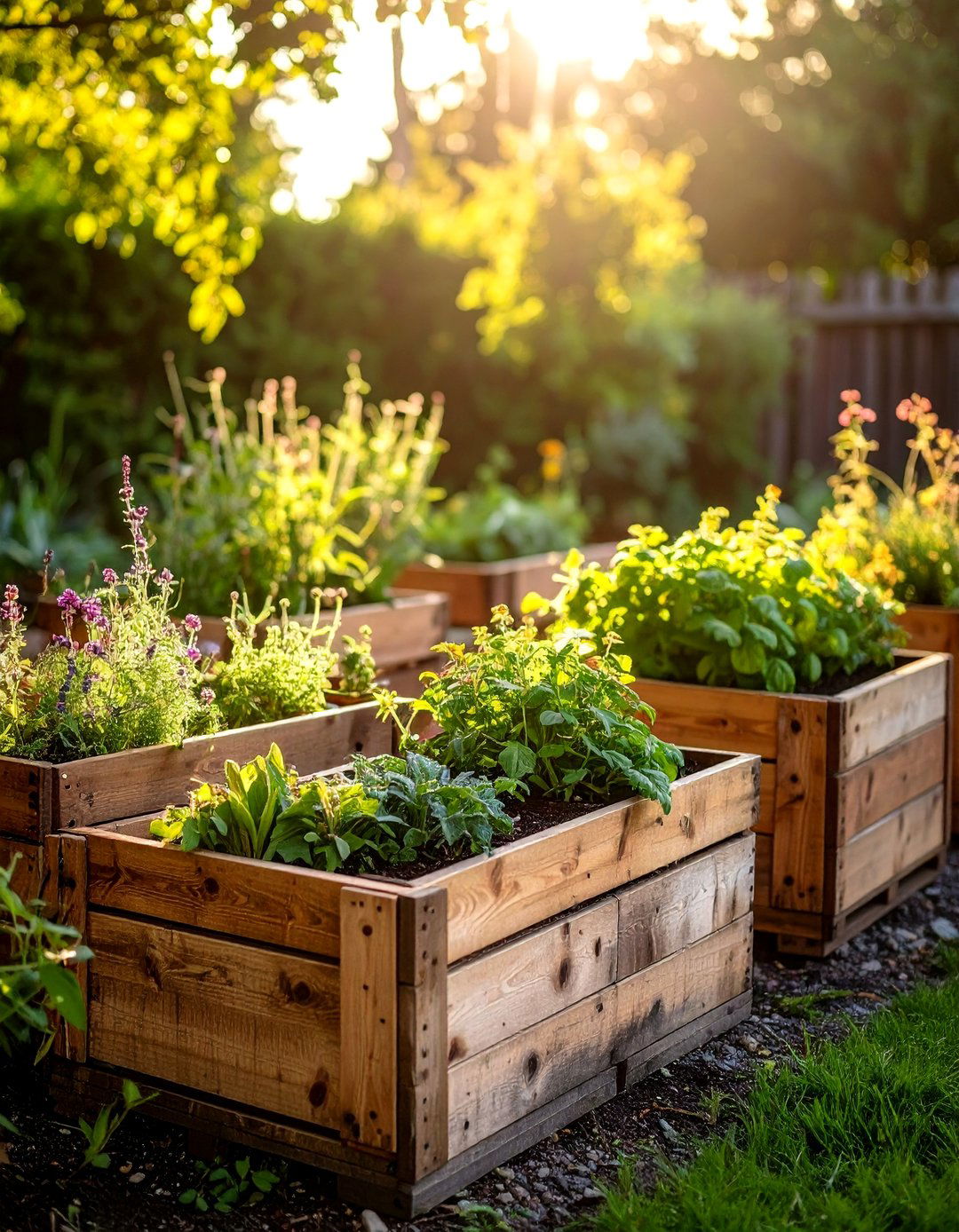
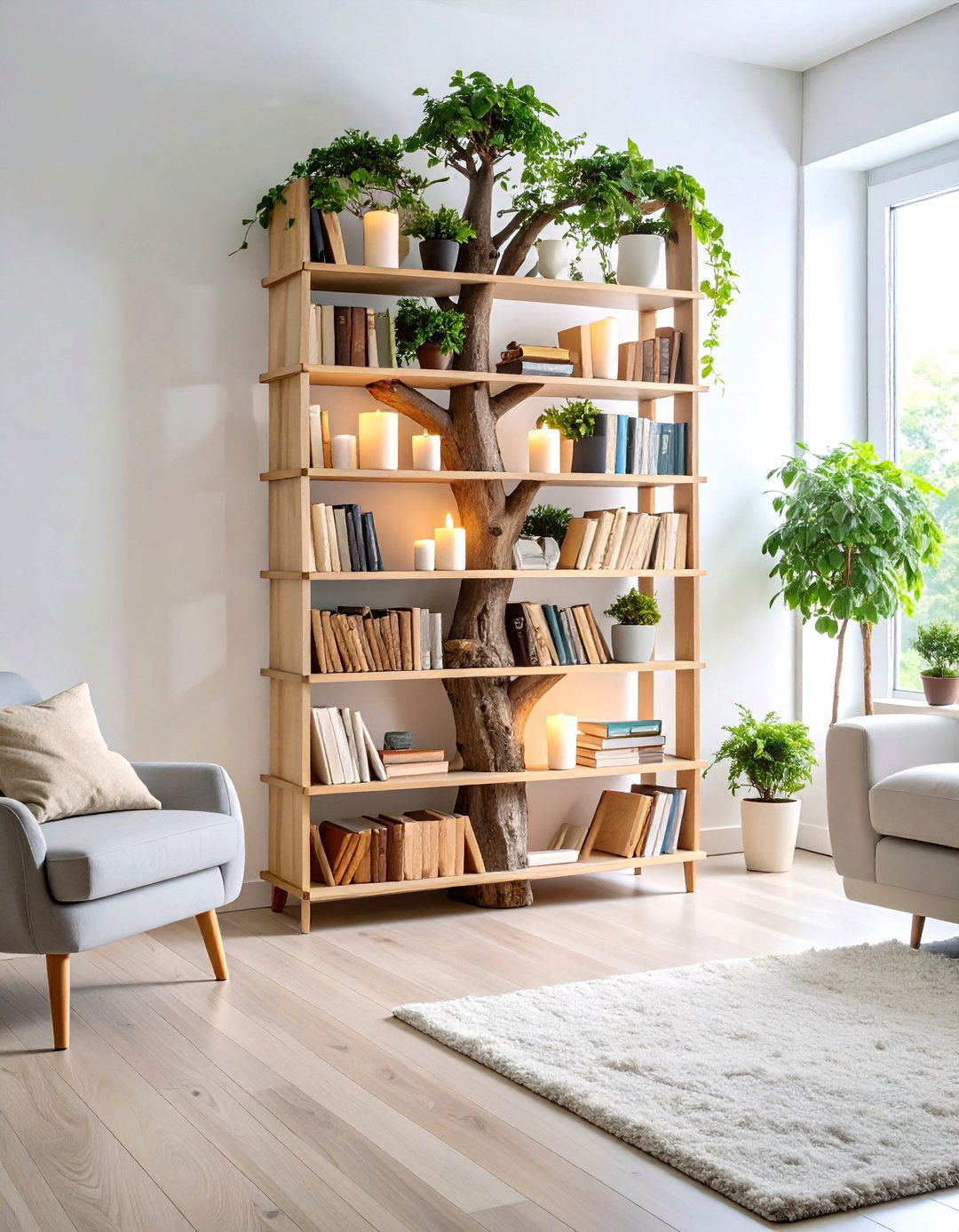
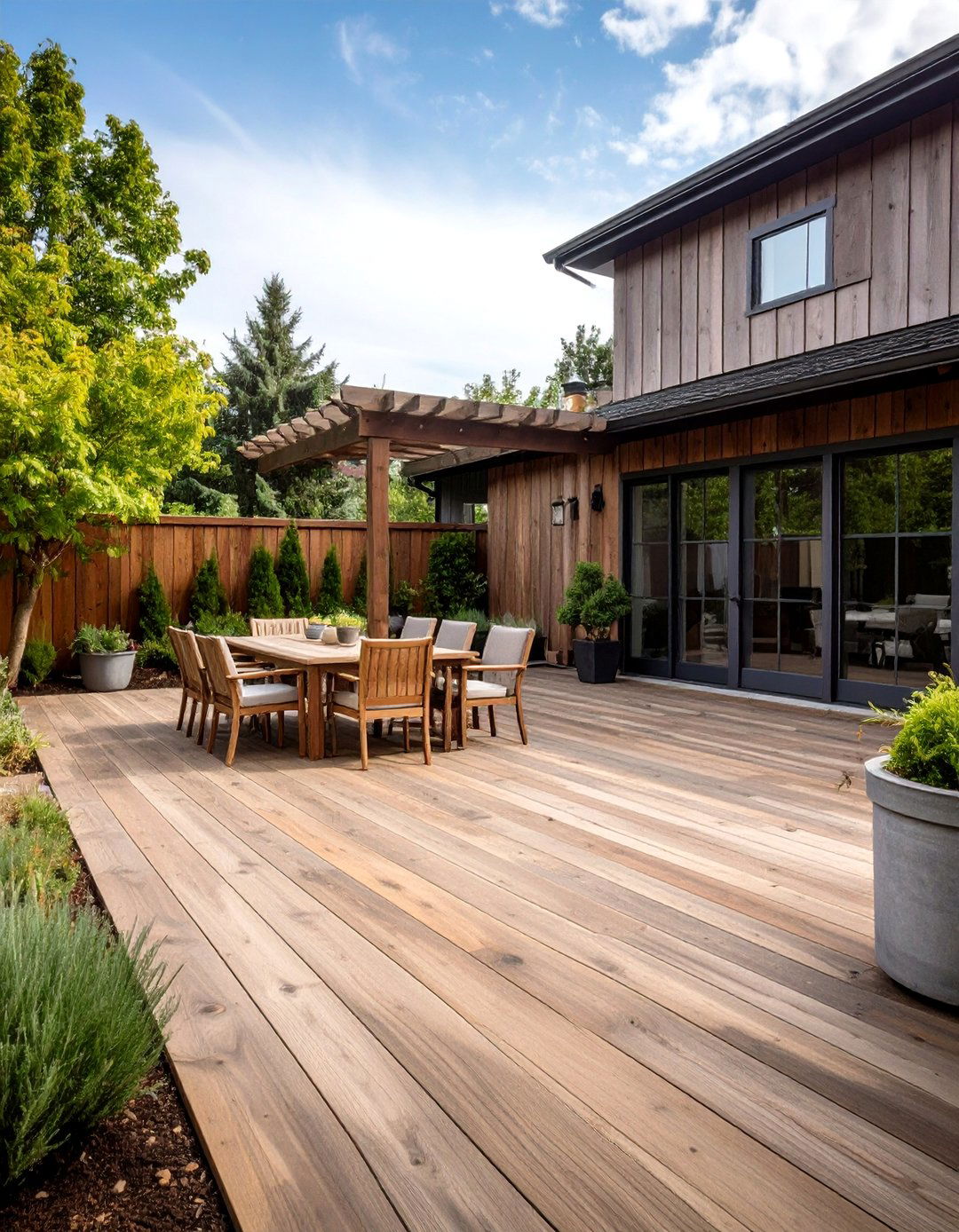
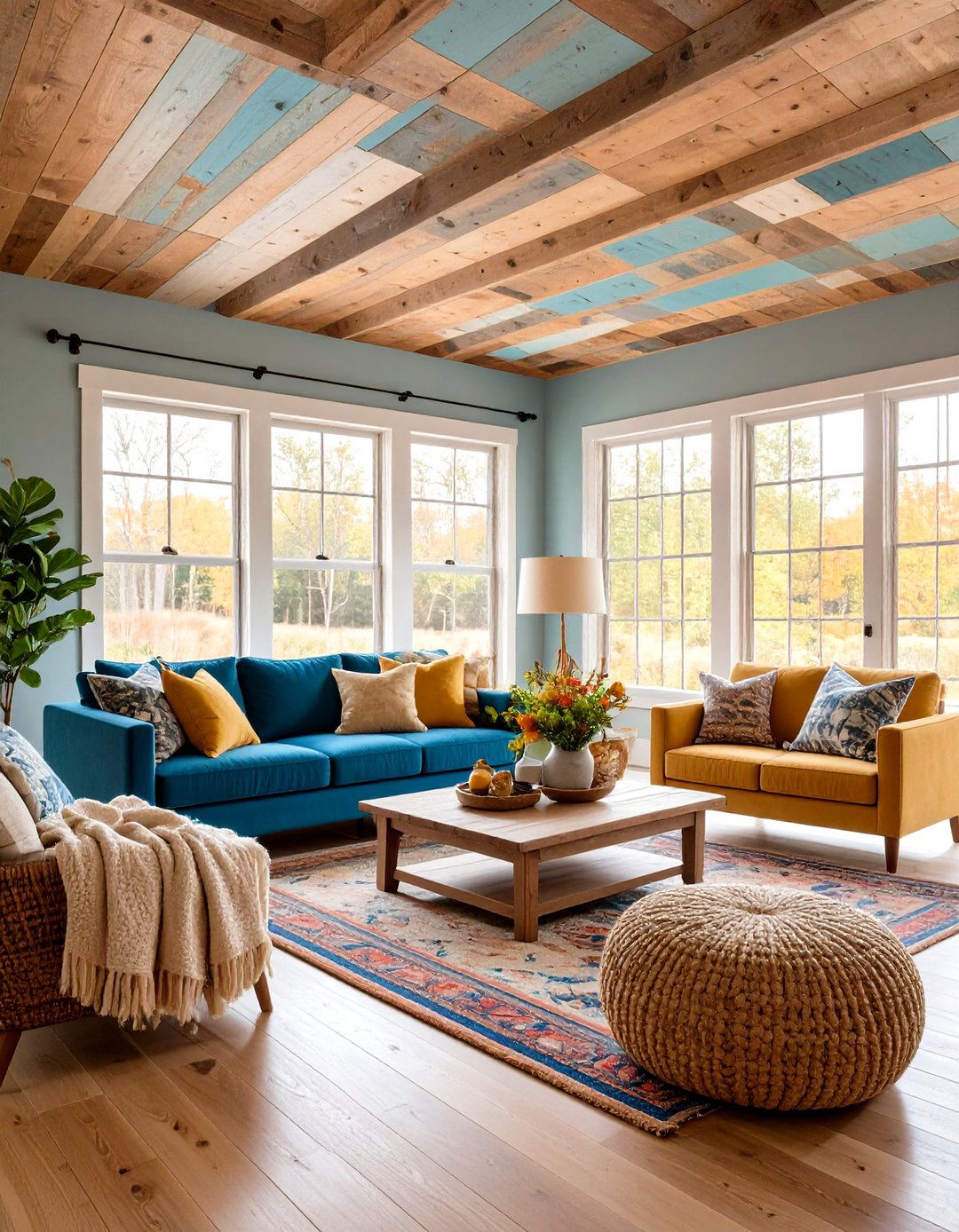
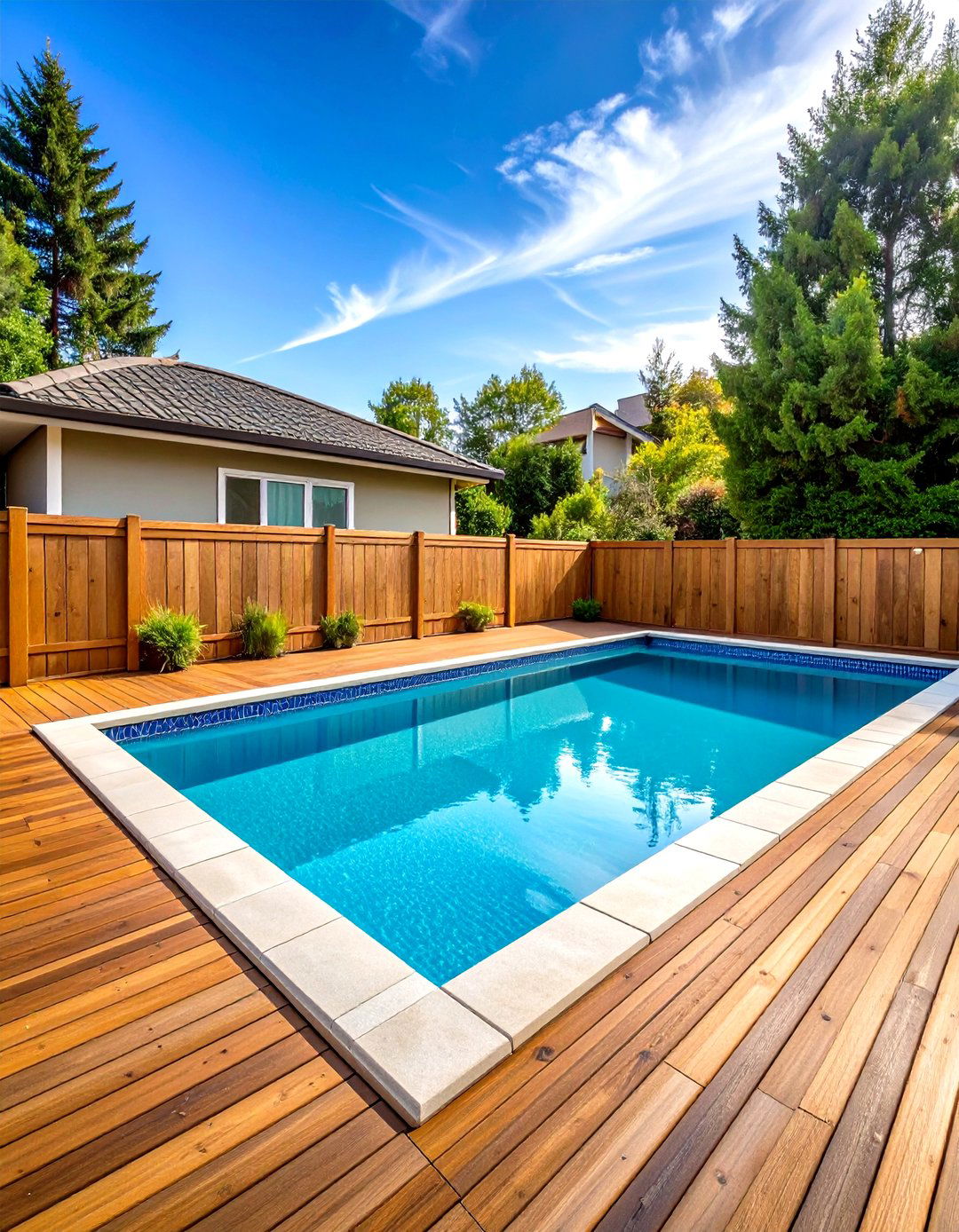
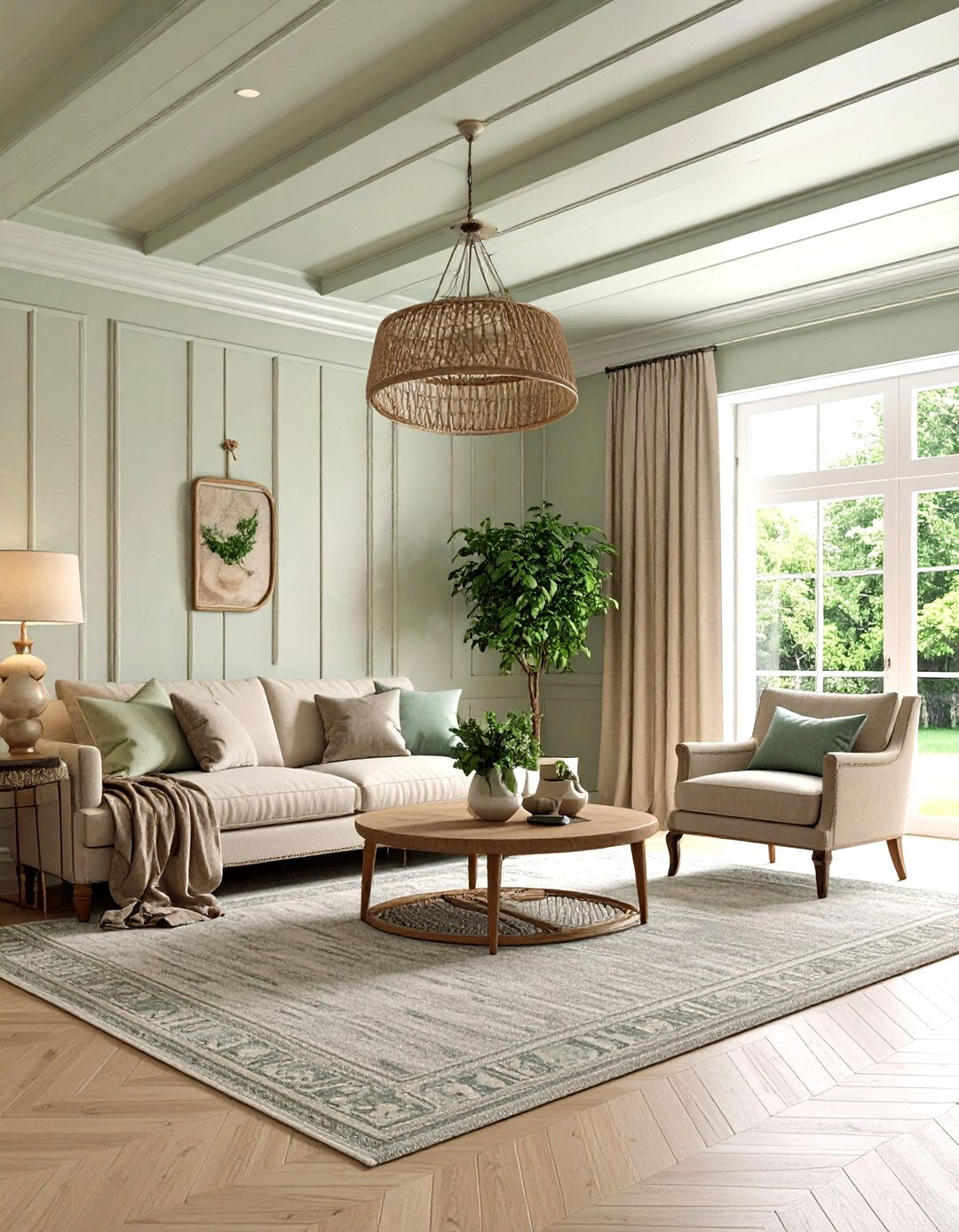
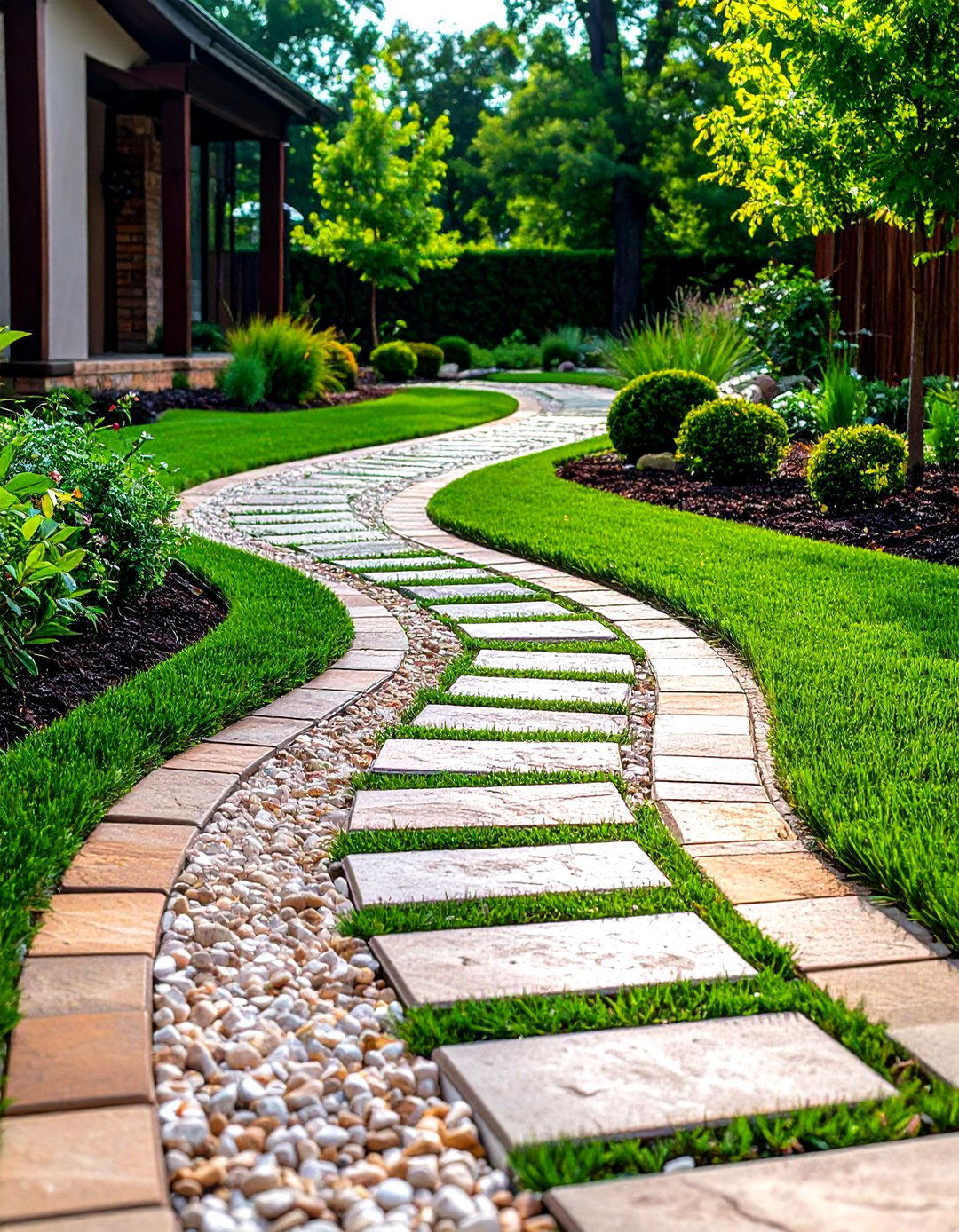
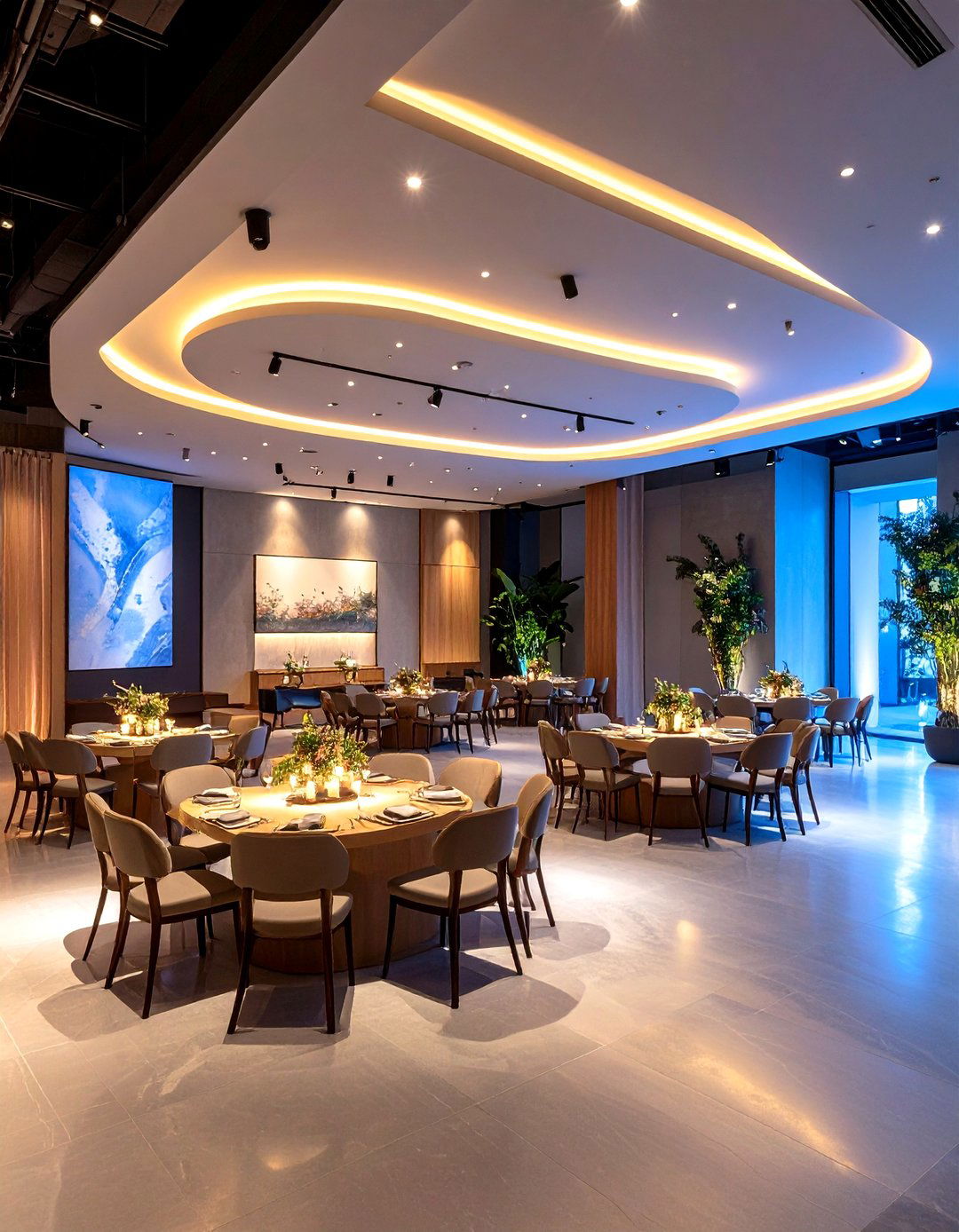
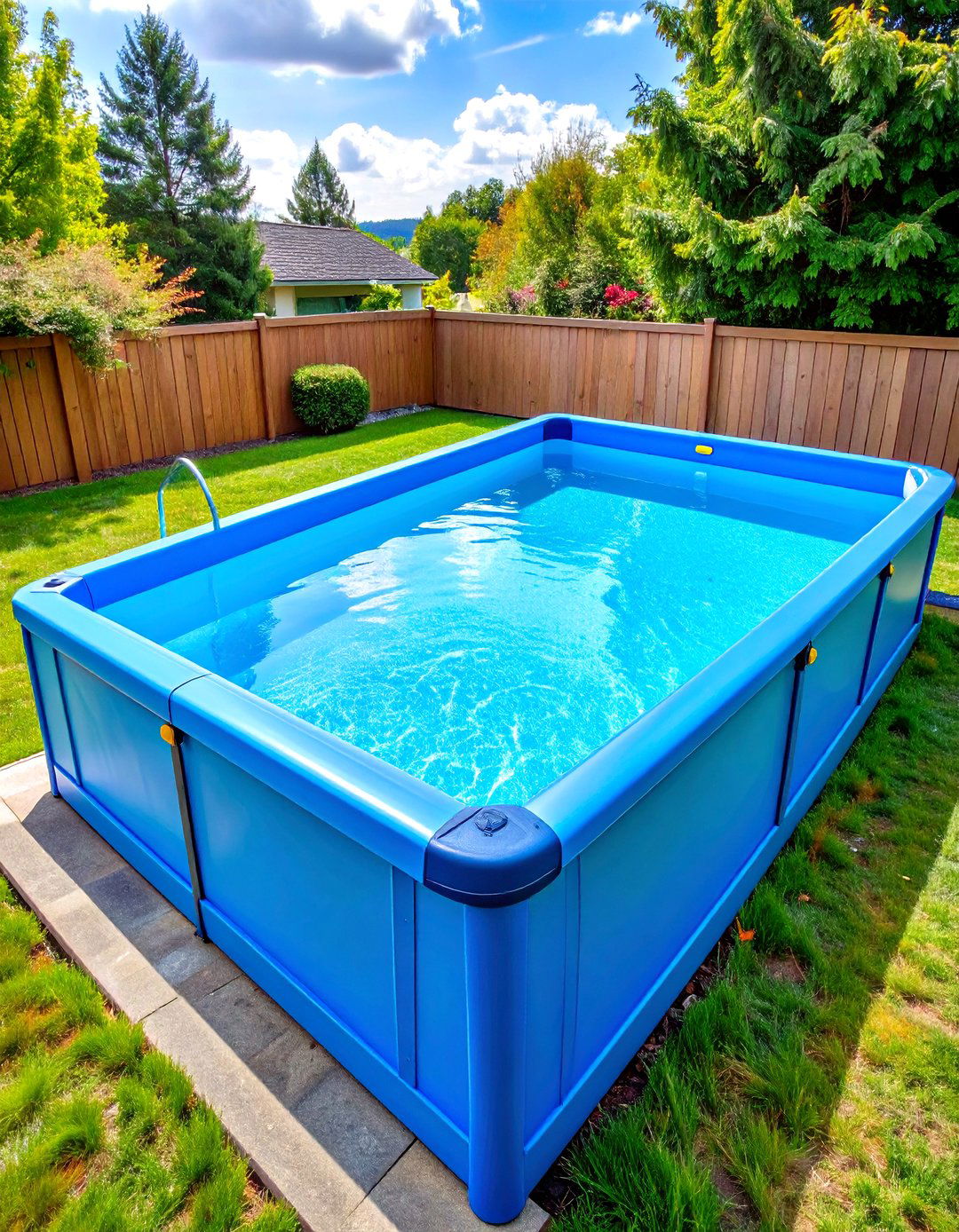
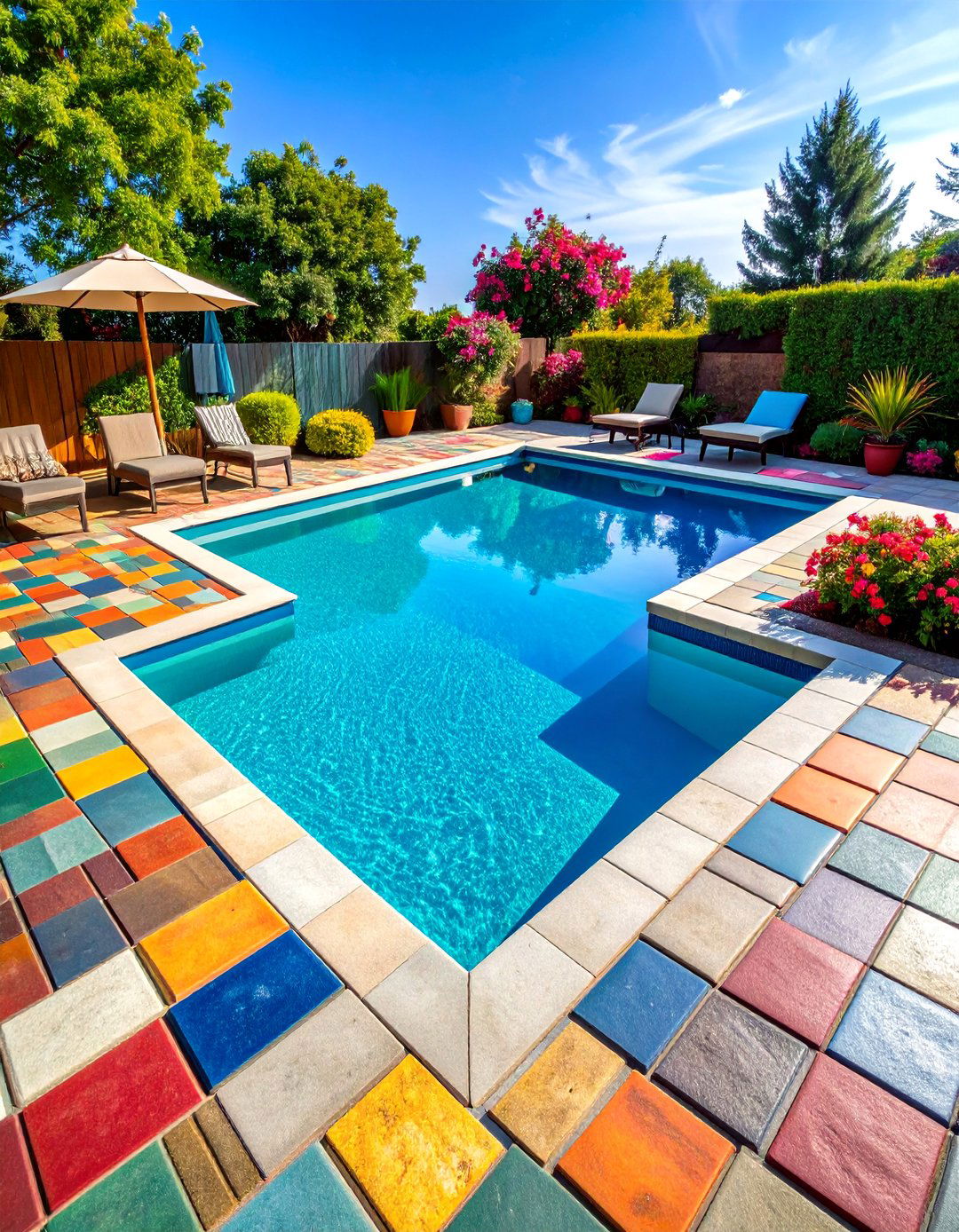

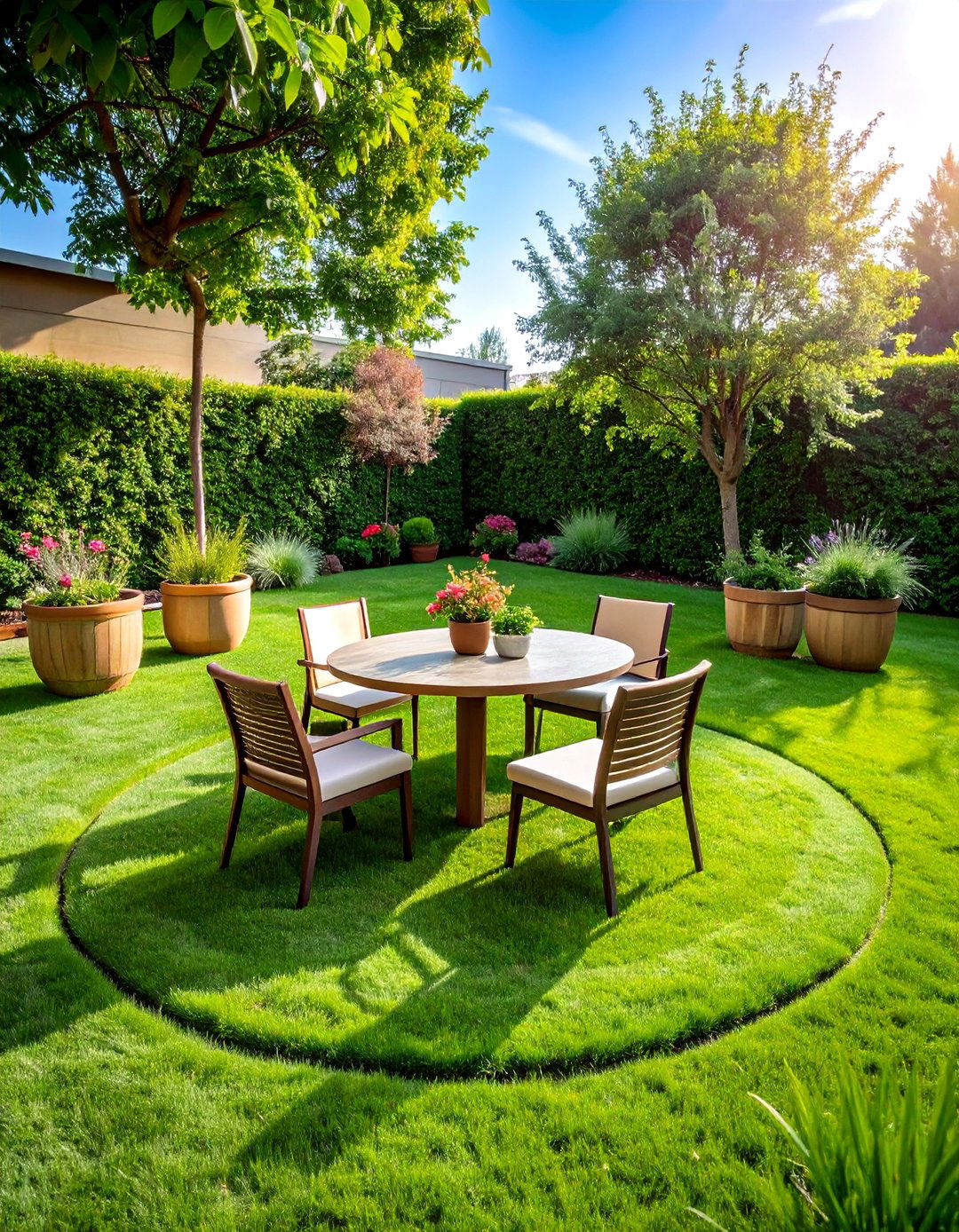

Leave a Reply